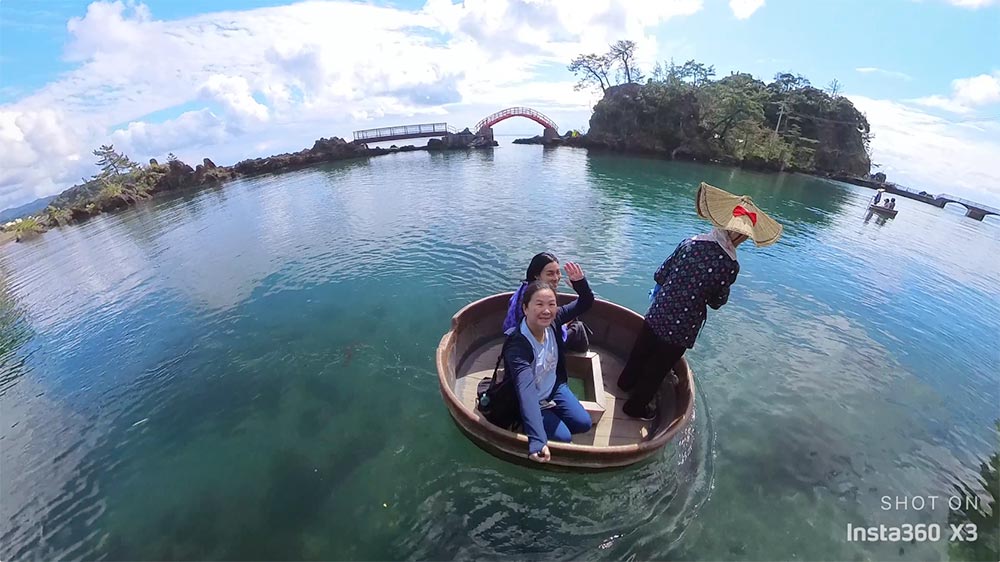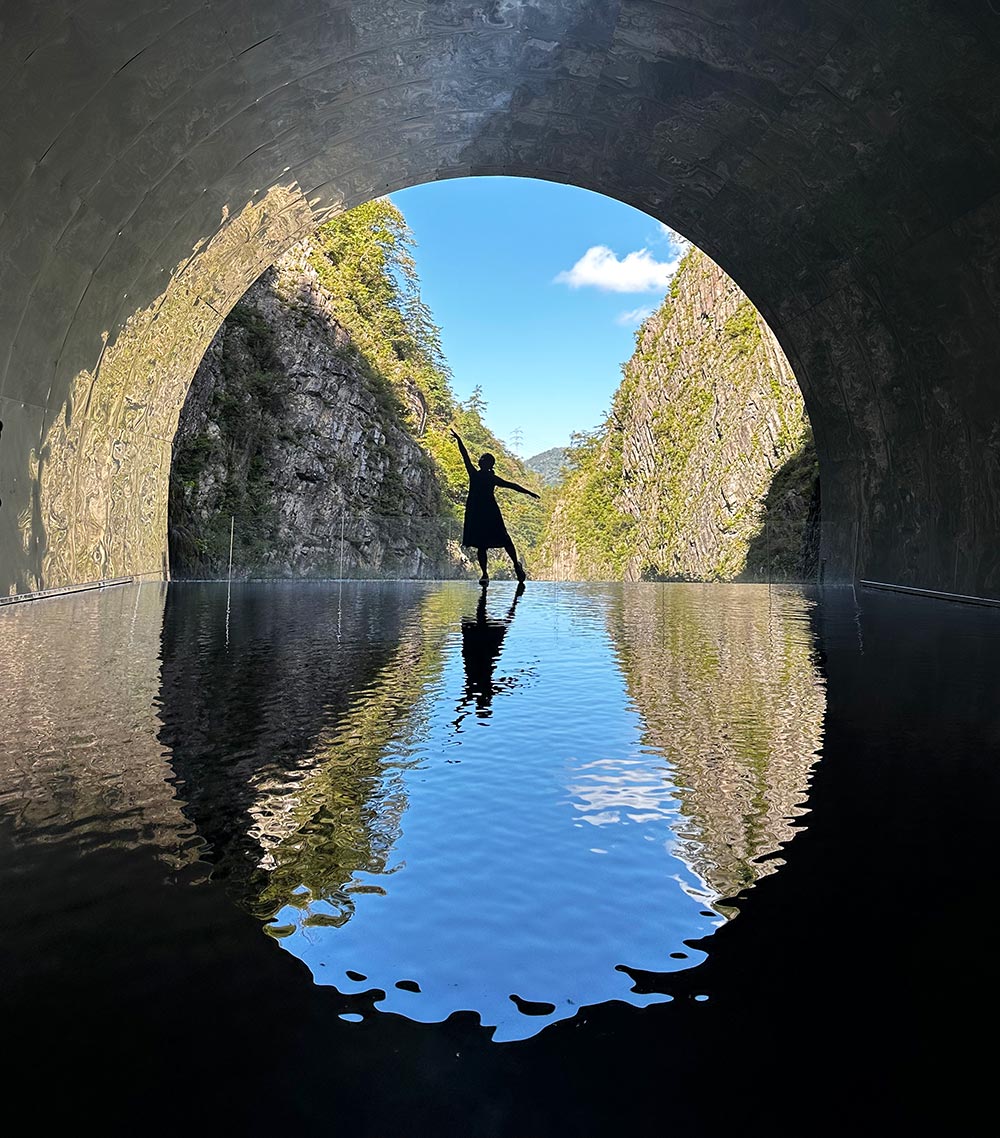It’s always fascinating to see how places that you’ve only ever seen in pixels actually look in real life. Some time back I watched the Studio Ghibli animated classic film Princess Mononoke and learned that those lush green forests featured in the film were inspired by an actual island in Japan.
I finally got to see this place for myself and spent 4 days on Yakushima 屋久島, a tiny island off the southern end of Kyushu, Japan’s southernmost landmass. One of the greenest and wettest spots in all of Japan, this island’s terrain is the complete opposite of Singapore where 90% of the land is covered with trees instead of urbanisation. Here’s my Yakushima Itinerary, a guide to Yakushima including some of the cool things I saw and tips for navigating this island by car.
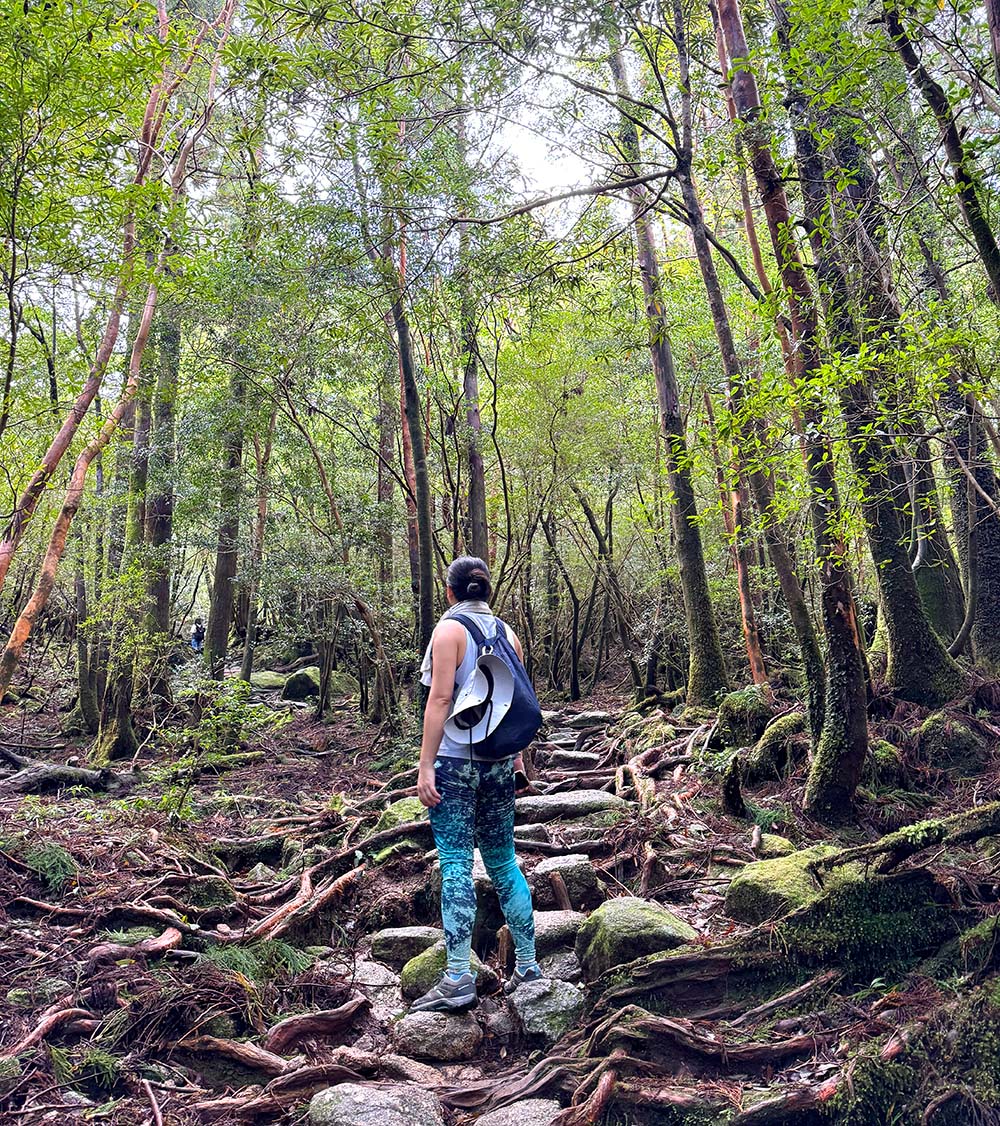
Getting to Yakushima
Yakushima was one of my stops in a longer trip around Kyushu covering Fukuoka, Kumamoto and Kagoshima. From Singapore the, closest direct flight option is a 6-hour red eye non-stop flight from Changi Airport (SIN) to Fukuoka Airport (FUK) that leaves 120am and arrives at 820am.
We retrieved our bags on the International side and took the airport bus about 10-15 minutes to the domestic terminal where we had a leisurely sit down meal and chill at a restaurant before catching our plane at 1255pm, scheduled to land in Yakushima at 2.05pm.
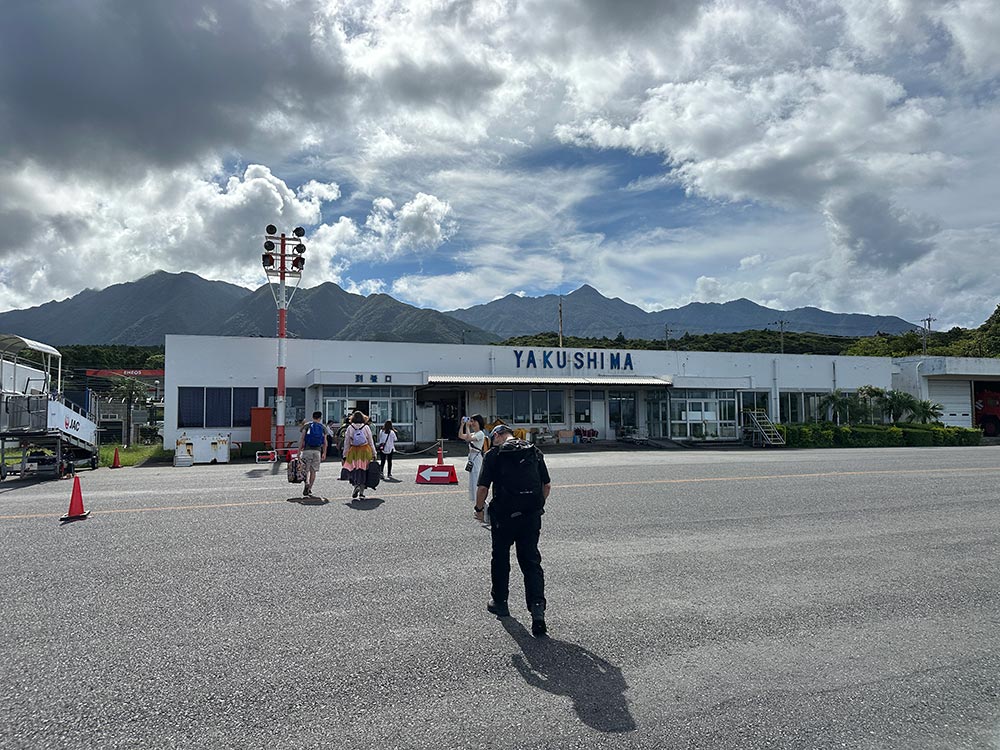
I flew in to Yakushima via Japan Air Commuter (JAC), a subsidiary of Japan Airlines from Fukuoka Airport (FUK) in a propeller plane that took about an hour. The flight attendants gave us a little paper map that showed the flight routes and highlighted some of the major landmarks we flew over like Kagoshima’s famous Sakurajima volcano.
Yakushima Airport (KUM) is a tiny little airport located on the island’s east coast. This single storey building has no aerobridge and you walk a very short distance from the plane to the building, and wait for your luggage to be hauled onto the small counter.
On the way out from Yakushima, I took another JAC flight to Kagoshima Airport (KOJ) which took about 35 minutes, leaving at 10.05am and reaching Kagoshima at 1040am.
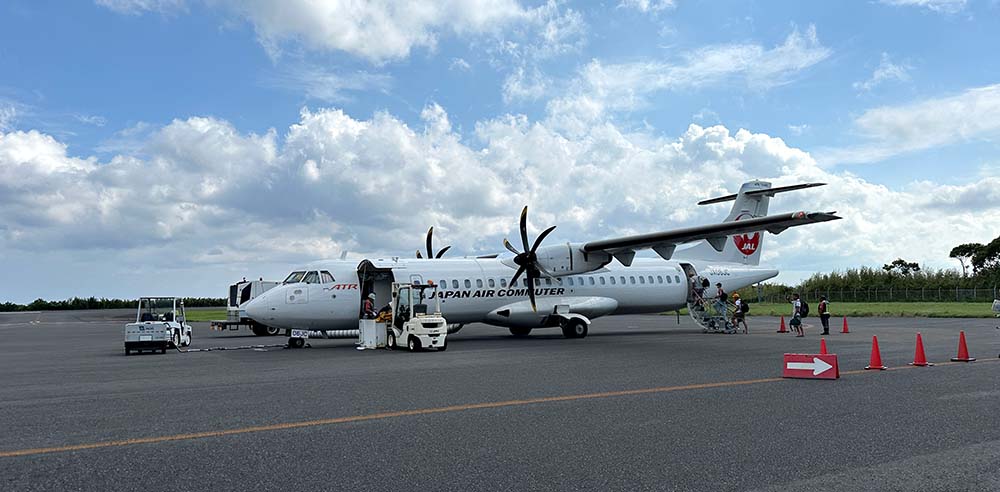
Driving in Yakushima
Yakushima is not a very big island – to compare to Singapore, it’s a little under 3/4 the size of Singapore if you compare land area at about 500+ sq km.
It takes around 3 hours in total to encircle the entire island of Yakushima by car. Most of the island’s centre is covered by mountains and forests, with small towns found along the coast along the north, east and southern areas. The West is very wild and there are no towns located there.
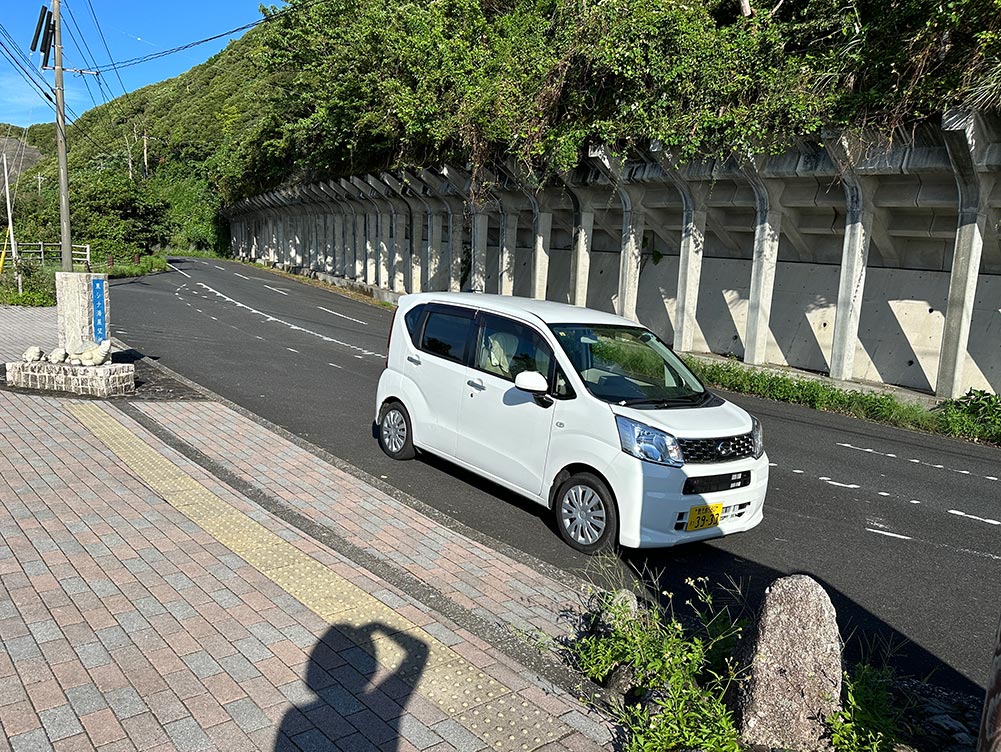
Driving is by far the best way to navigate Yakushima as it is very mountainous and not that small. Both my travelling companion and I had our international licenses, so we took turns to drive. There are plenty of car rental options from the major companies like Toyota Rent a Car and Nissan Rent a Car along the road right outside Yakushima Airport.
My car rental was made through my accommodation Morinokogage Cottage, Matsubanda Rent a Car‘s office is right across the road from the airport’s carpark entrance. We paid 24,000 JPY in total for about 3 days worth of driving.
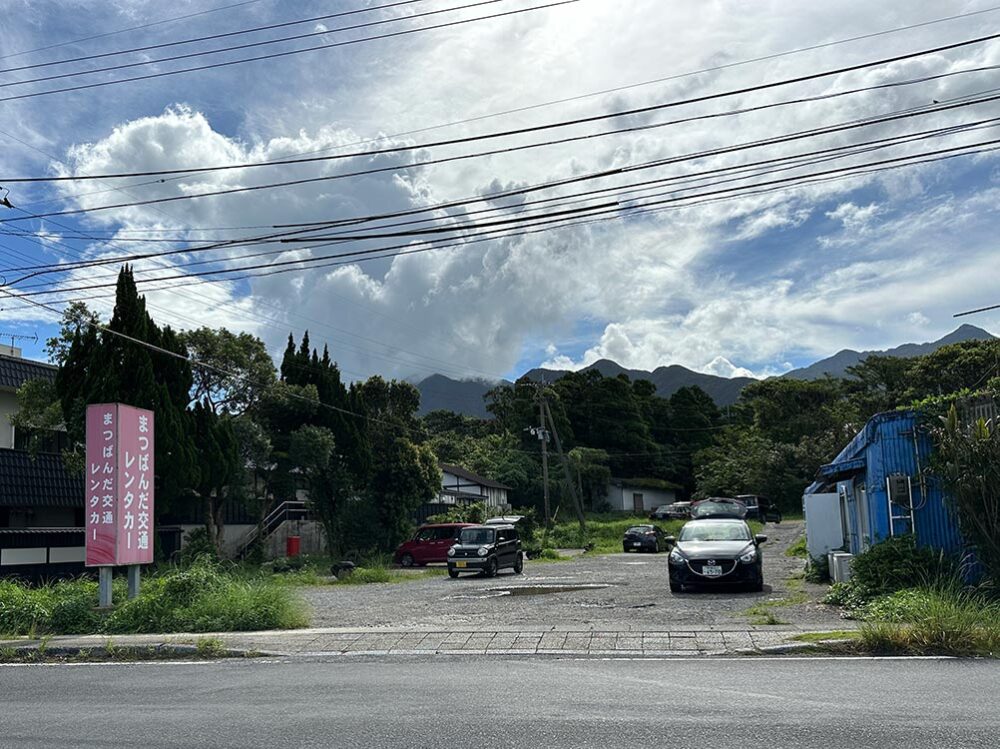
In general driving is pretty easy because it’s a small island and generally not too crowded when we were there in September. The main road around the island is in good condition, but the roads up into the mountainous areas for Shiratani Unsuikyo and Yakusugi Land were very winding, especially at higher altitudes where some bends were single lane only. There were roadworks happening so at least you know these are being maintained.
Parking generally isn’t a problem, though in the town area, finding a place to park where you don’t block any houses/roads and not have to walk to far can be a bit challenging at night when it’s dark.
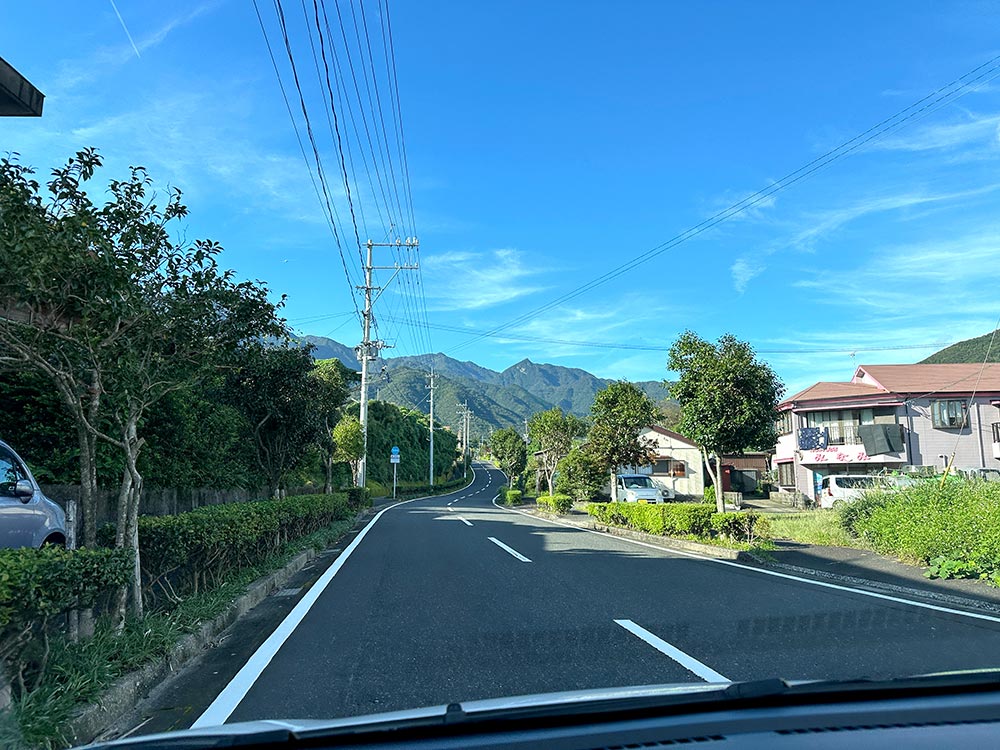

By Bus
For non-drivers, there are buses that you can take to get around to Yakushima’s main sights. But as with public transport on a rather remote island, frequency isn’t always very high and you are beholden to the bus schedules, so make sure you plan well, and choose to stay in a high traffic town area so you have nearby options for meals.
It makes more sense to buy a day bus pass for unlimited rides within a day (2,000 JPY) or a few days (3,000-4,000 JPY).
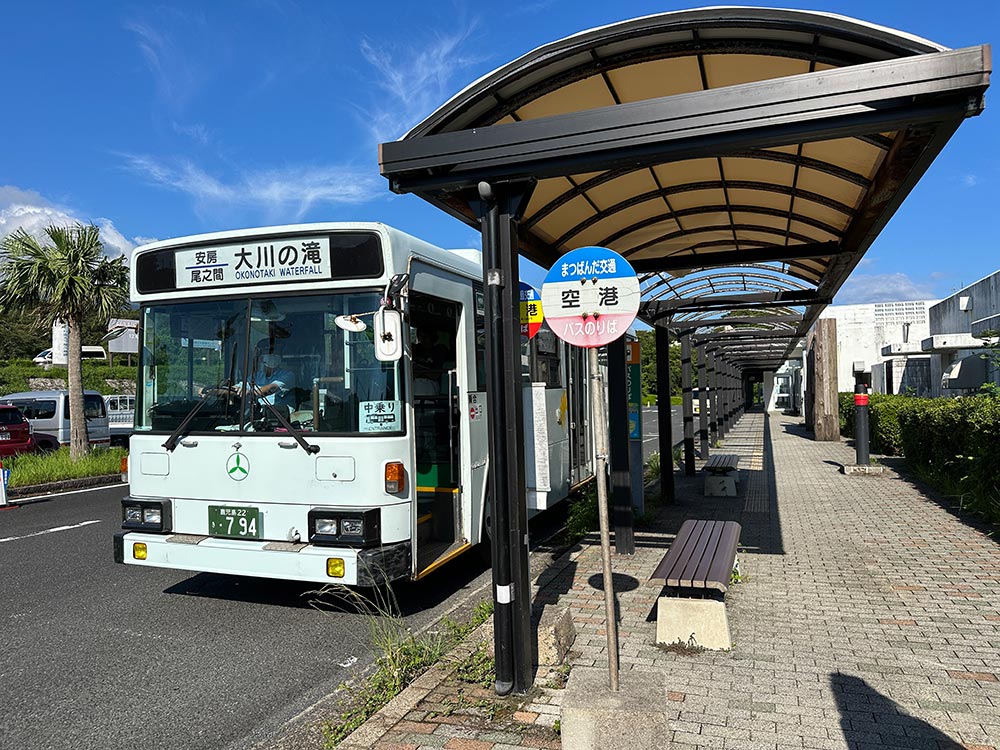
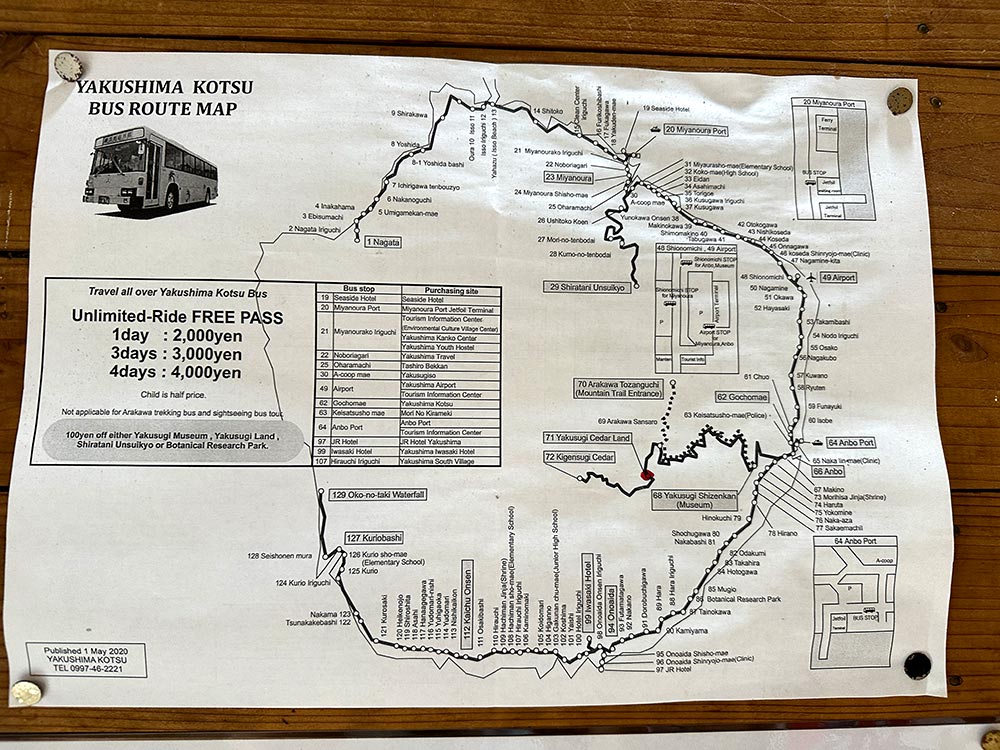
Trip Planning
We spent 4 days and 3 nights on Yakushima, which I thought was enough time to comfortably see the main highlights with 2 full days, though if you’re here for serious trekking you could probably spend more time here. But for the general tourist like us who wants to just check out the main nature highlights and see the sights, this was comfortable.
Here’s my recommended itinerary to visit Yakushima:
4D3N Yakushima Road Trip Itinerary
- Day 1: Arrive in Yakushima, [WEST] Western Road, Ohko Falls
- Day 2: [NORTH] Morning trek in Shiratani Unsuikyo, Inakahama + Isso Beach
- Day 3: [SOUTH] Morning trek in Yakusugi Land, Yakusugi Museum, Hombo Distillery, Senpiro Falls, Toroki Falls
- Day 4: Depart Yakushima
Day 1: West Yakushima
Save the hiking for your full days of activity. My suggestion is to do a round island drive of Yakushima to get a lay of the land and drive through the famously winding Western Road with its free-roaming wildlife in the late afternoon. You can also visit the Ohko Falls which is near the southern end of the road.
Western Road / Seibu Rindo 西部林道
Yakushima is a fairly small island with a main ring road that encircles it – a non-stop drive around the island will take about three hours, but about an hour of that is spent navigating the wild, narrow and winding western road which is one of the highlights of Yakushima.
The Seibu Rindo or Western Forest Path stretches 20 km along the western coast of the island through the forests of the the UNESCO Heritage protected area. This scenic drive feels like a mini safari tour as you will encounter plenty of Yakushima’s wildlife roaming around freely in their natural habitat. Note that you’re not supposed to feed them!
Note: buses do not go through Seibu Rindo – it’s only accessible by car or if you’re feeling particularly adventurous you could cycle or even walk.
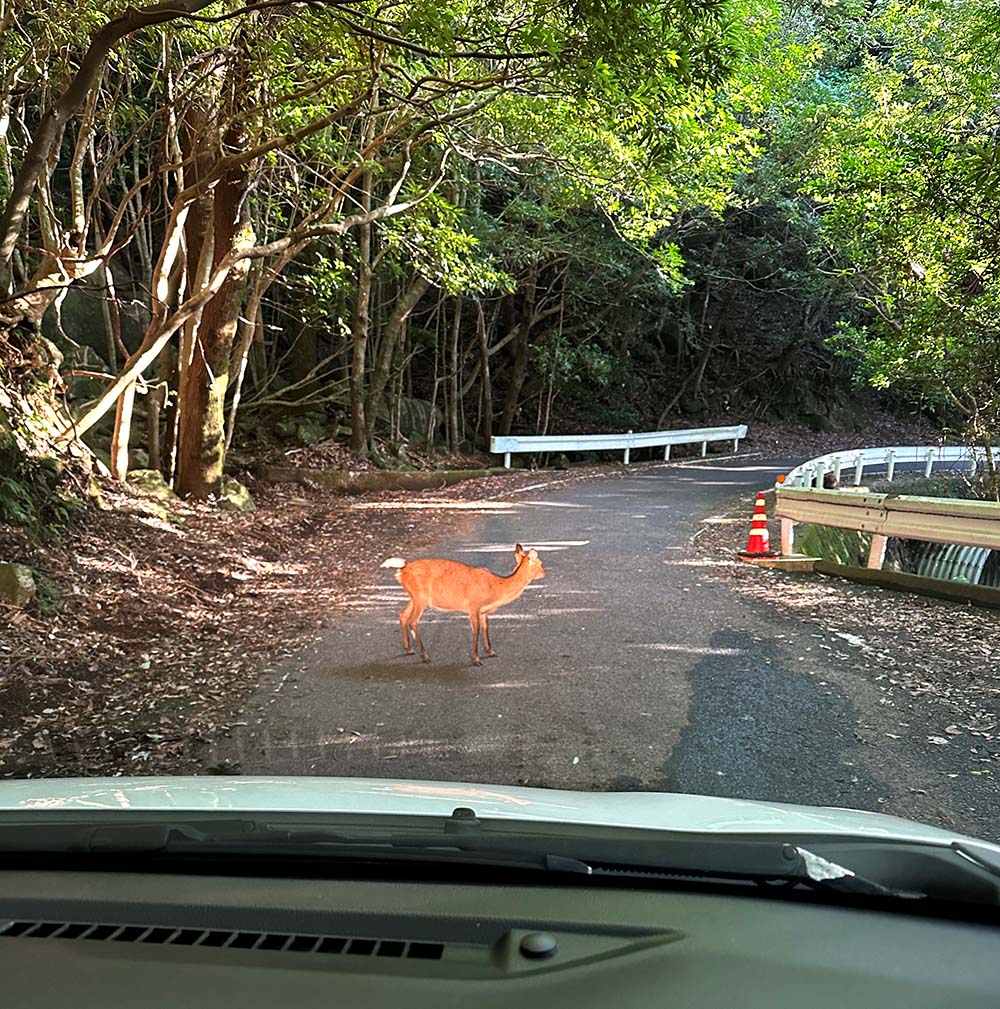

Look out for the Yakushima Macaques with their distinctive red faces and buttocks lounging along the road – and sometimes in the middle of it. Keep an eye out for shy Yakushika or the Yakushima Sika Deer, camouflaging into the forest floor.
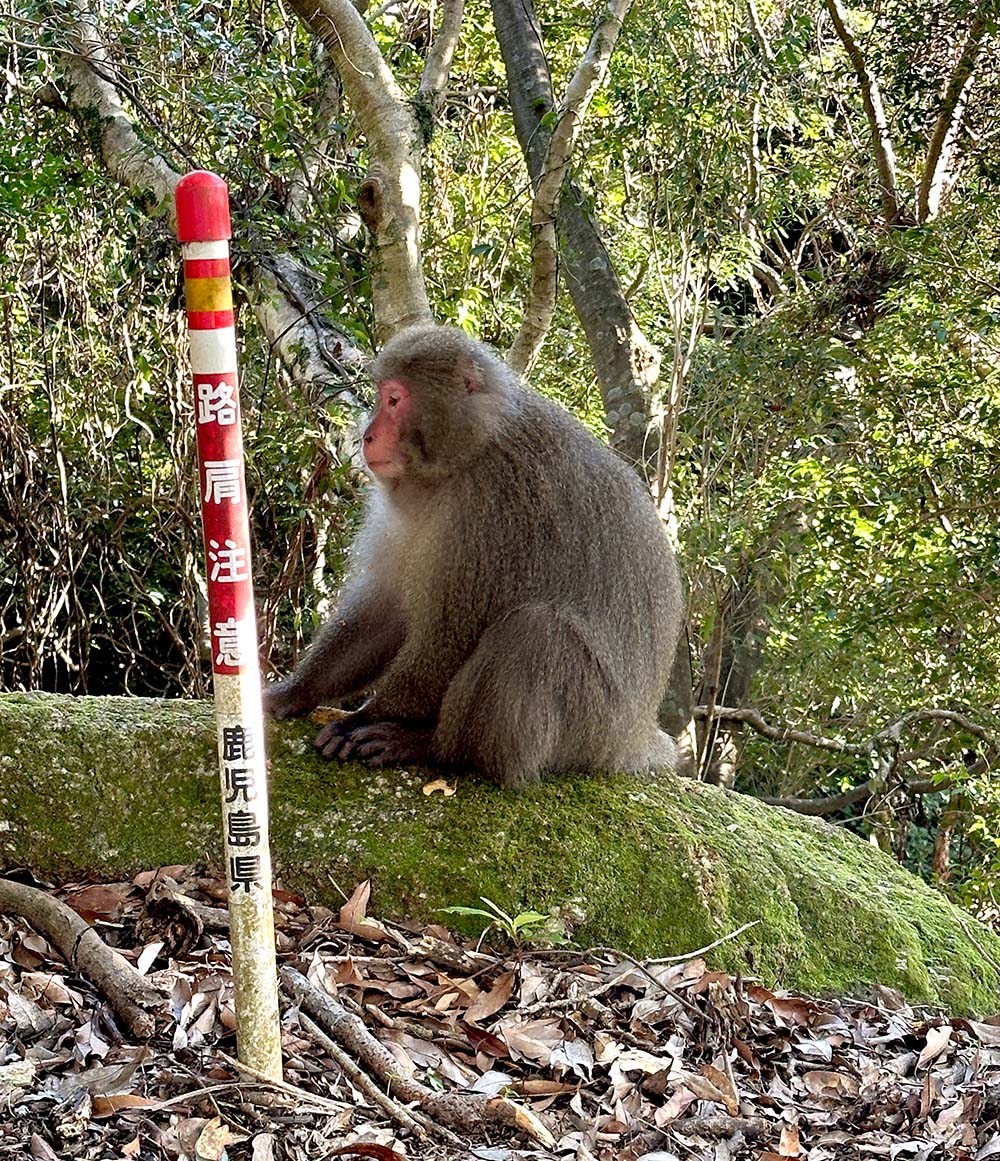
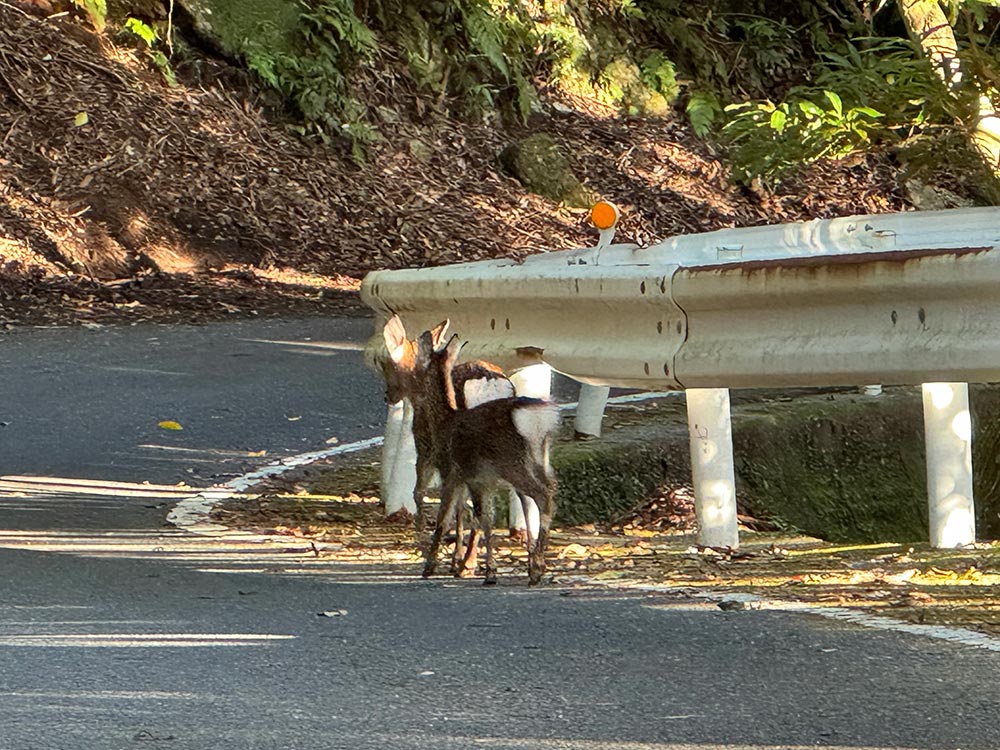
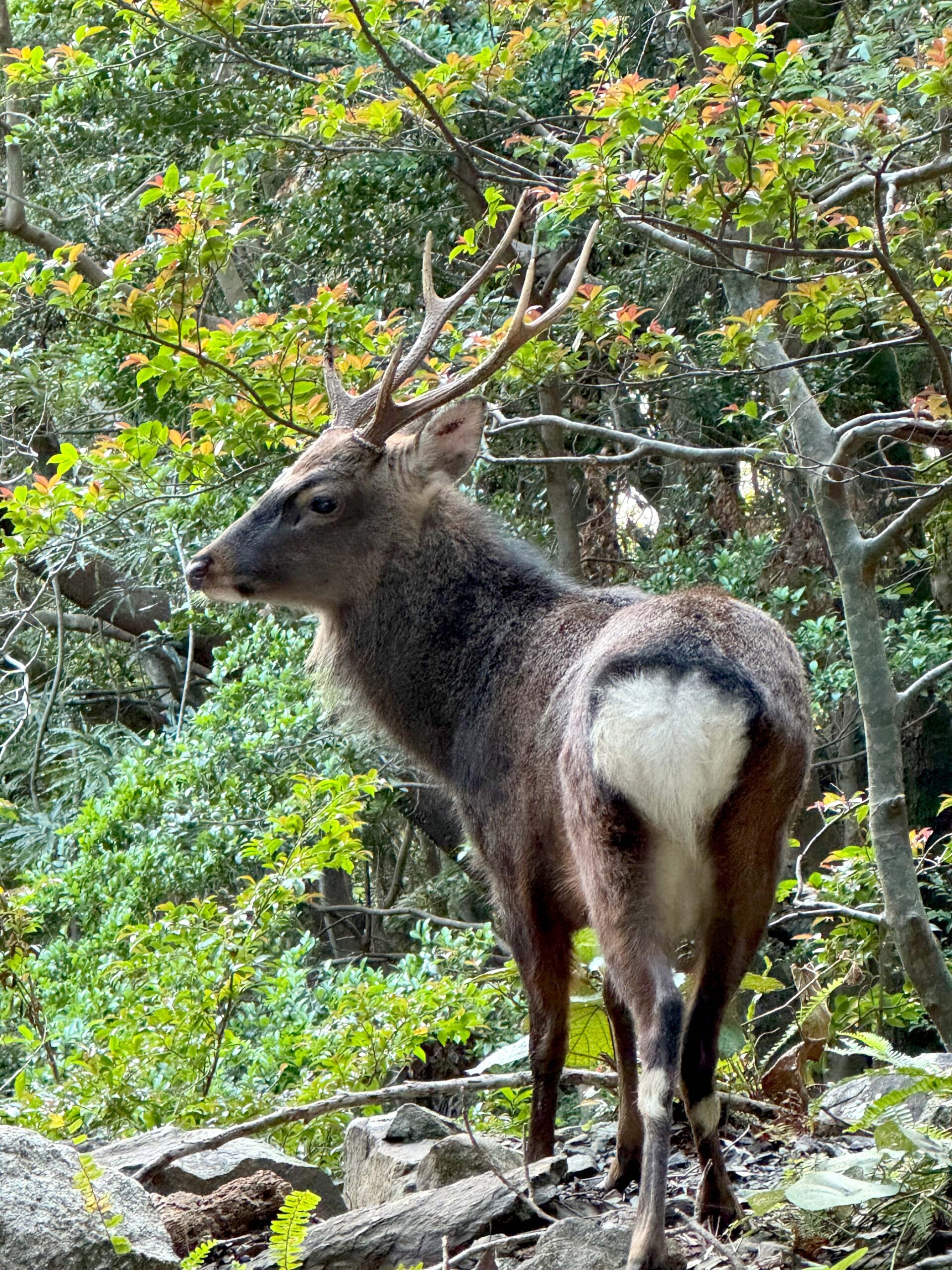
While observing Yakushima’s wildlife up close is an unforgettable experience, driving the Seibu Rindo requires a slow steady pace and quick reflexes. This narrow road is two-way and because it’s very winding, there are many blind corners which you need to approach slowly as you may need to back up or pull to the side to let oncoming traffic through. The Seibu Rindo is best driven with a small car, some maneuvering skill and plenty of patience.
Note that the road closes at 5pm to allow the animals unfettered roaming at night. Late afternoon is not a bad time as you might hopefully see more animals as it gets a bit cooler, and you can time it for sunset views since you’re on the west side.
We reached the northern end of the Seibu Rindo at about 330pm and made it through to the other side by about 410pm because it was a relatively quiet weekday so we only had a handful of oncoming cars, but you might encounter more traffic at other times
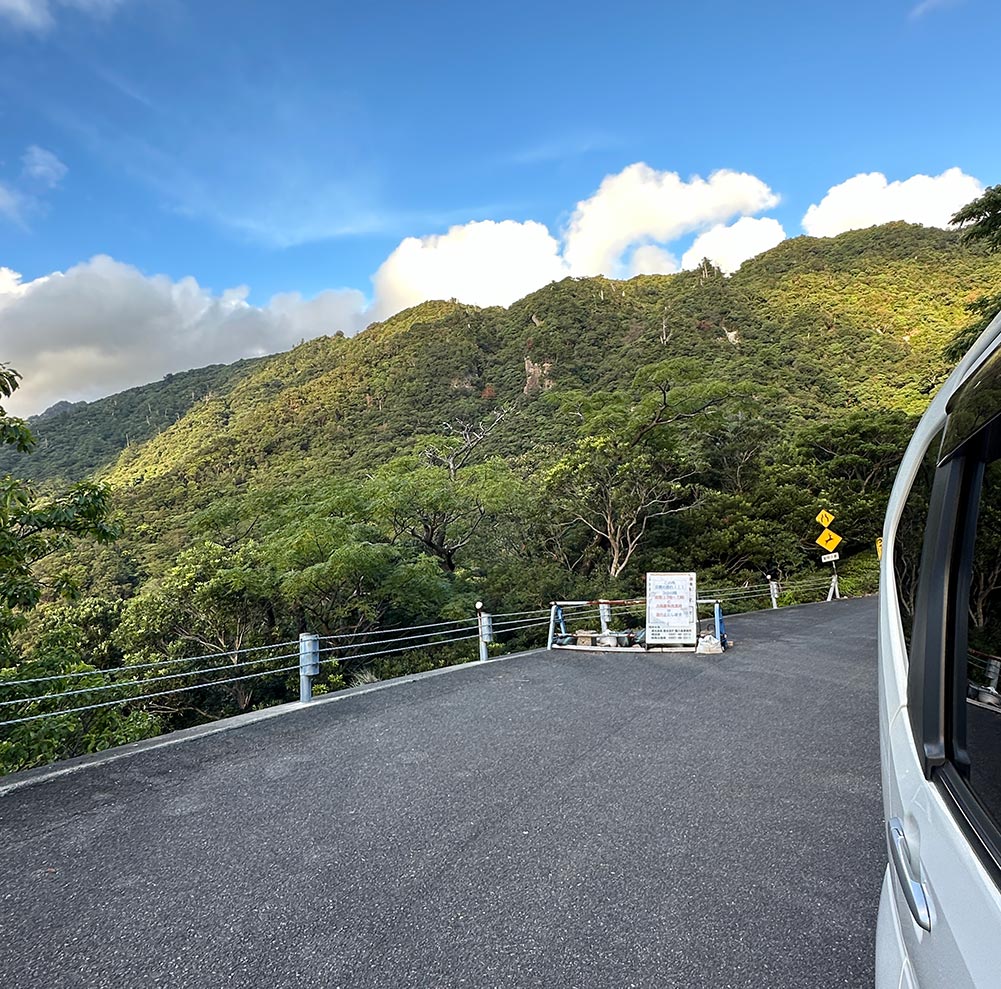
Western Road / Seibu Rindo 西部林道 [Google maps] – the northern end of the road starts around the town Nagata and the southern end is around Kurio/Kuryu. Open 7am – 5pm. Buses do not go through Seibu Rindo.
Ohko Falls 大川の滝
South of the windiest bits of the Seibu Rindo are the Ohko Falls, Yakushima’s largest waterfall standing at 88m high. Recognised as one of Japan’s 100 best waterfalls from a 1996 list, the falls are especially impressive after heavy rainfall, cascading down the rockface in two distinct streams.
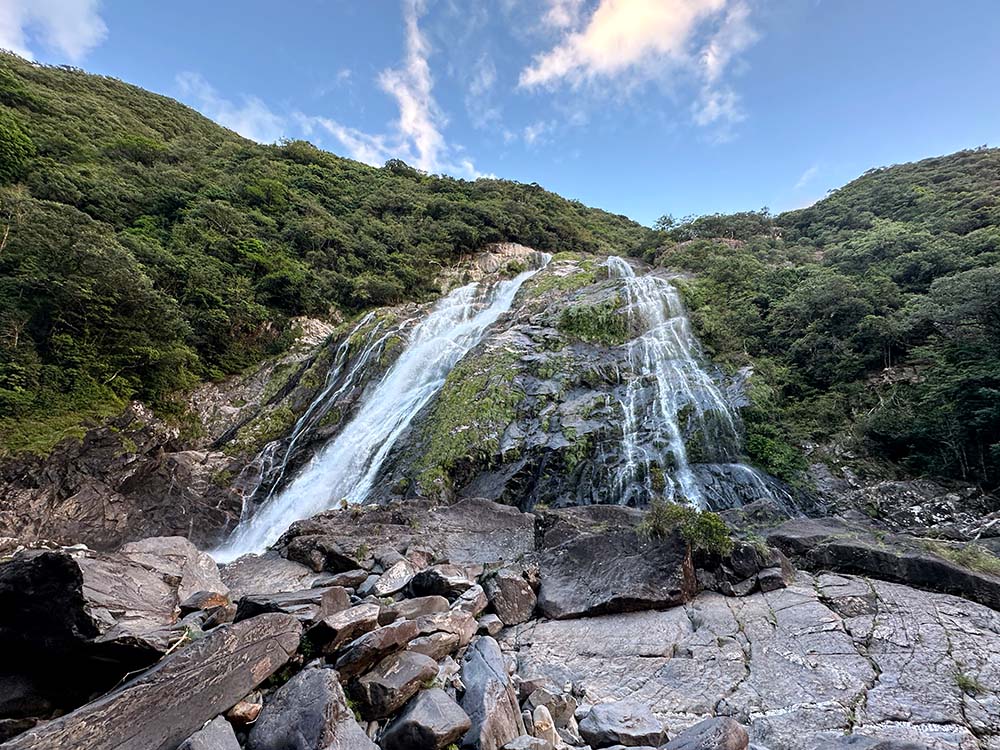
As with most waterfalls, they are most impressive after rainfall. We had very good weather in our time on Yakushima so the falls that we saw were generally quite mild and small. We didn’t spend too much time here, but it was nice to get out for a bit of a stretch after driving the Seibu Rindo.

Ohko Falls are quite easy to get to, a short walk from the carpark down a paved road. There is a sign here that says ‘No Swimming’, but you could step off the boardwalk and climb the rocks to get closer to the base of the falls if you wanted to, though it looks like it’ll be quite slippery.
A short distance away from the falls along the main road, there is a stopping bay where you can access Ohko Spring [Google map] and fill your bottle with fresh natural spring water.
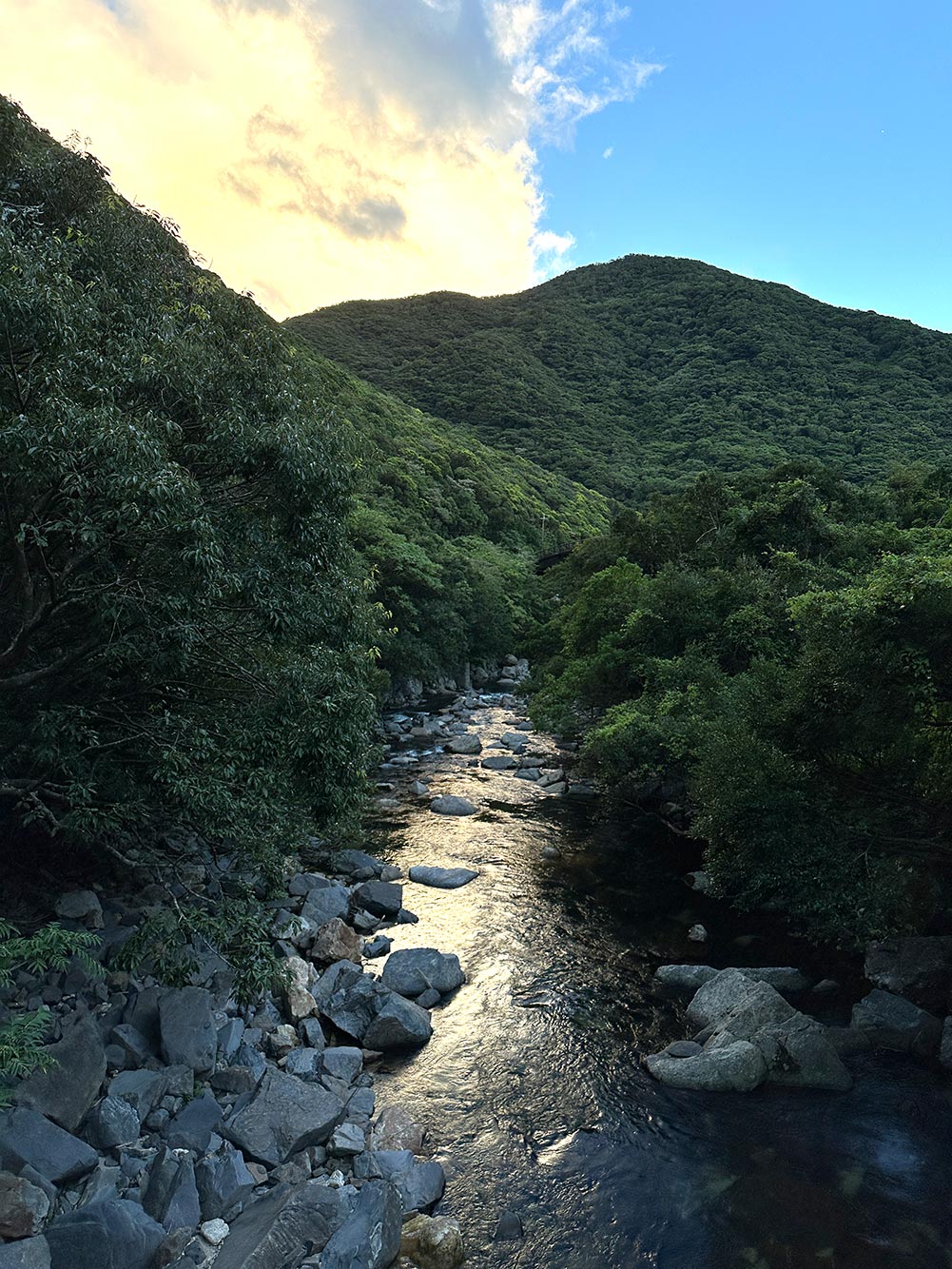
Ohko Falls 大川の滝 [Google maps]
Day 2: North Yakushima
For this full day of activity, cover one of the major must-see nature spots in Yakushima – Shiratani Unsuikyo and some of the other sights on the northern end of the island.
Shiratani Unsuikyo 白谷雲水峡
Shiratani Unsuikyo is a beautiful ravine located on the northeastern end of the island that’s a very popular spot for hiking. It’s most famous for inspiring that super wild green forests that set the scene of the Studio Ghibli anime film classic Princess Mononoke, which is how I learned about Yakushima to begin with so I was pretty stoked to finally see it for myself.
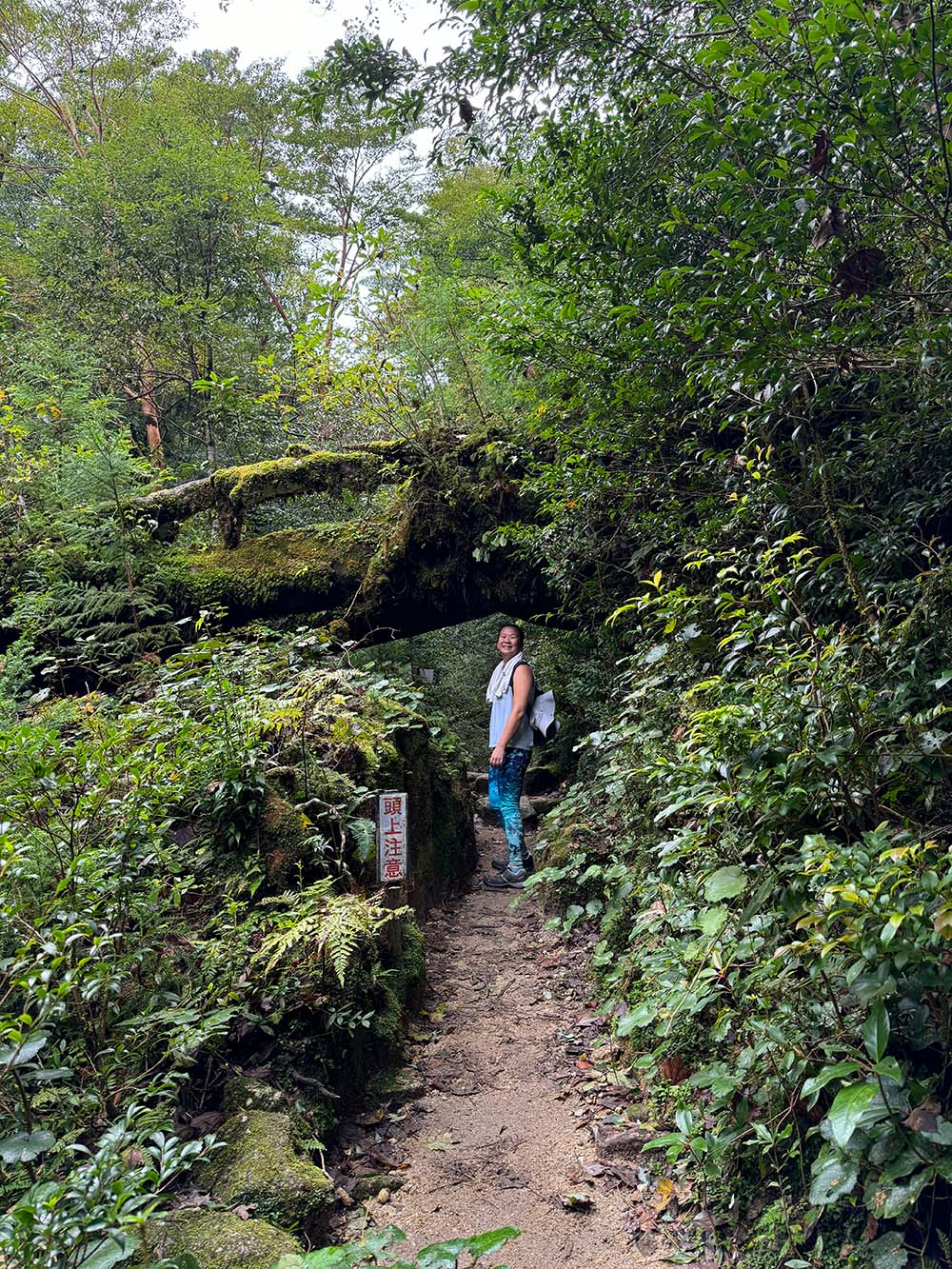
Shiratani Unsuikyo usually has several trail options with varying lengths and levels of difficulty, but due to some typhoon damage the previous month, only one trail with alternative detours was open that day.

The only open trail was the Taikoiwa Rock Round Trip Course which takes about 5 hours round trip, and luckily it is also the route that leads you to the famous patch known as Moss Covered Forest which is the specific Ghibli inspiration spot.
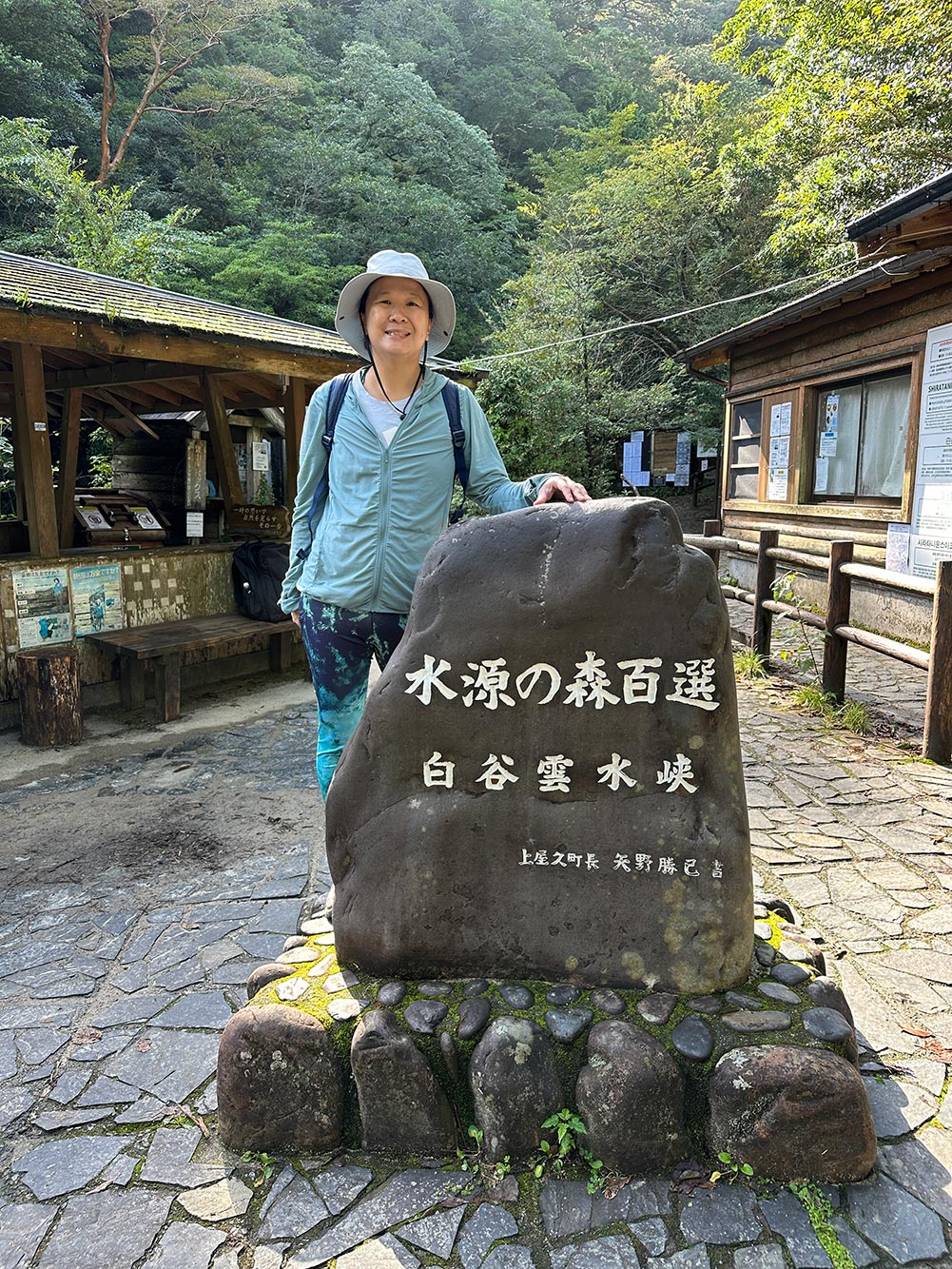

The beginning of this trail was a lot harder than usual as it was a modified route in a rather steep upslope climb as the usual route was closed. Thankfully things got a bit better further along the route.
Hiking at Shiratani Unsuikyo was a lovely way to take in Yakushima’s nature – some people chose to hike in small groups with an experienced guide leading them, but it’s perfectly fine for you to hike on your own here like we did. The routes are well signposted overall and there are maps that you can refer to along the way. Keep a look out for the pink ribbons to stay on the route.
We were pretty lucky with the weather on Yakushima. Despite it being well known for a lot of rain, we had very fine weather at Shiratani Unsuikyo, and it never got too hot because the tree canopy was so thick and shaded. You can sense how old these trees are all around with their immense size and sprawling roots, but the weird thing is that there are hardly any birds here, or at least you don’t hear any birdsong like you do in our tropical jungles.
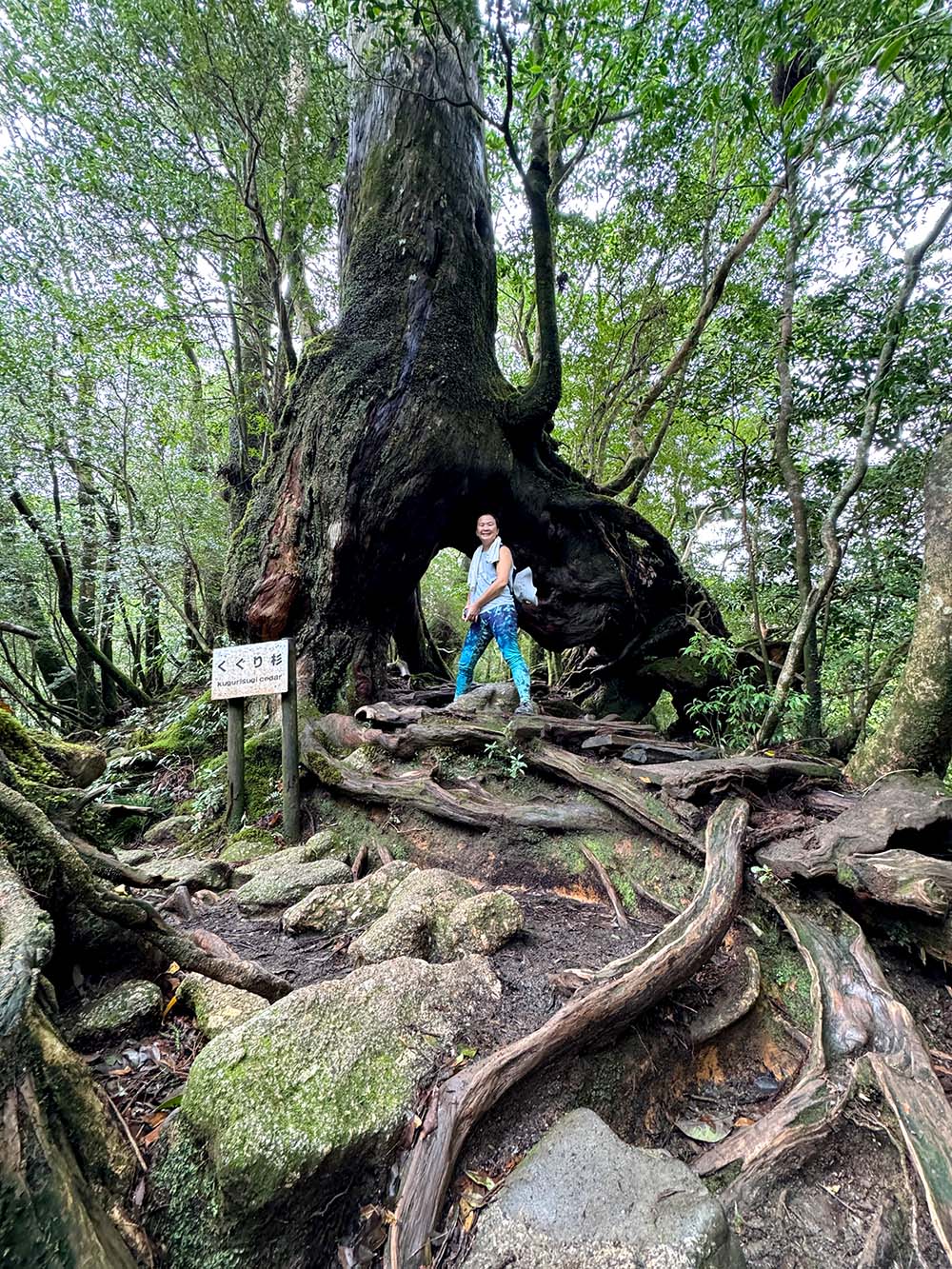
It took us about 2 hours to reach the Moss Covered Forest, which is a very picturesque little grove where the rocks and tree trunks are all covered with a thin layer of fluffy green moss. Again, I never realised how many different types of moss there are until I saw the variety in this forest. Lots of people stop here for photos, some people even bring along their little kodama (tree spirit) figurines which is super cute.
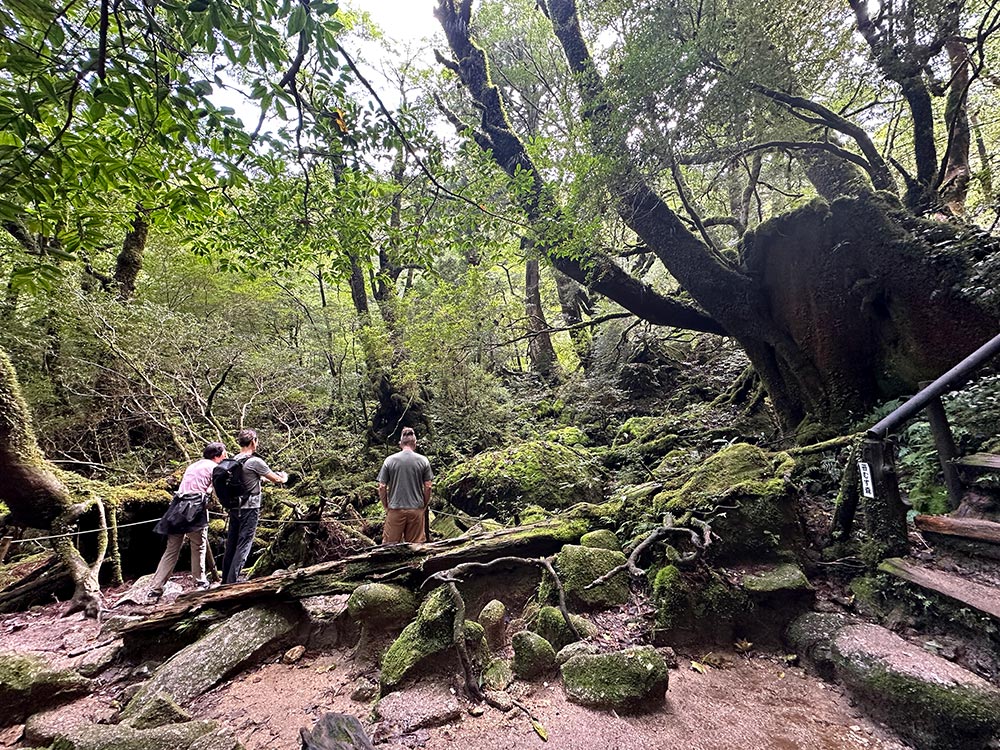
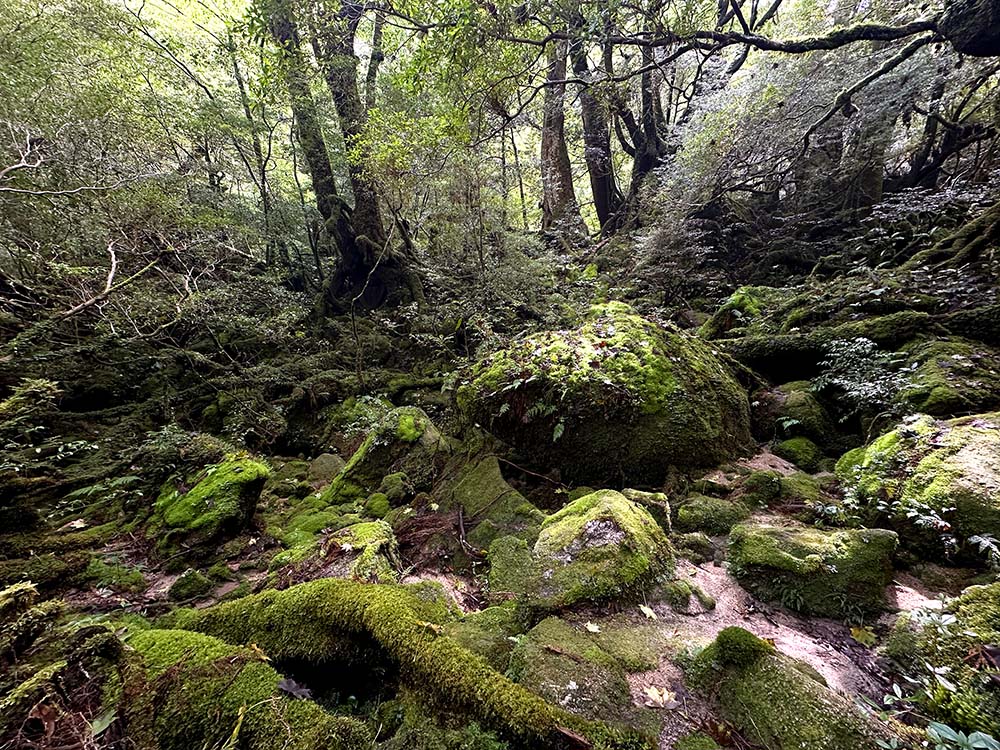
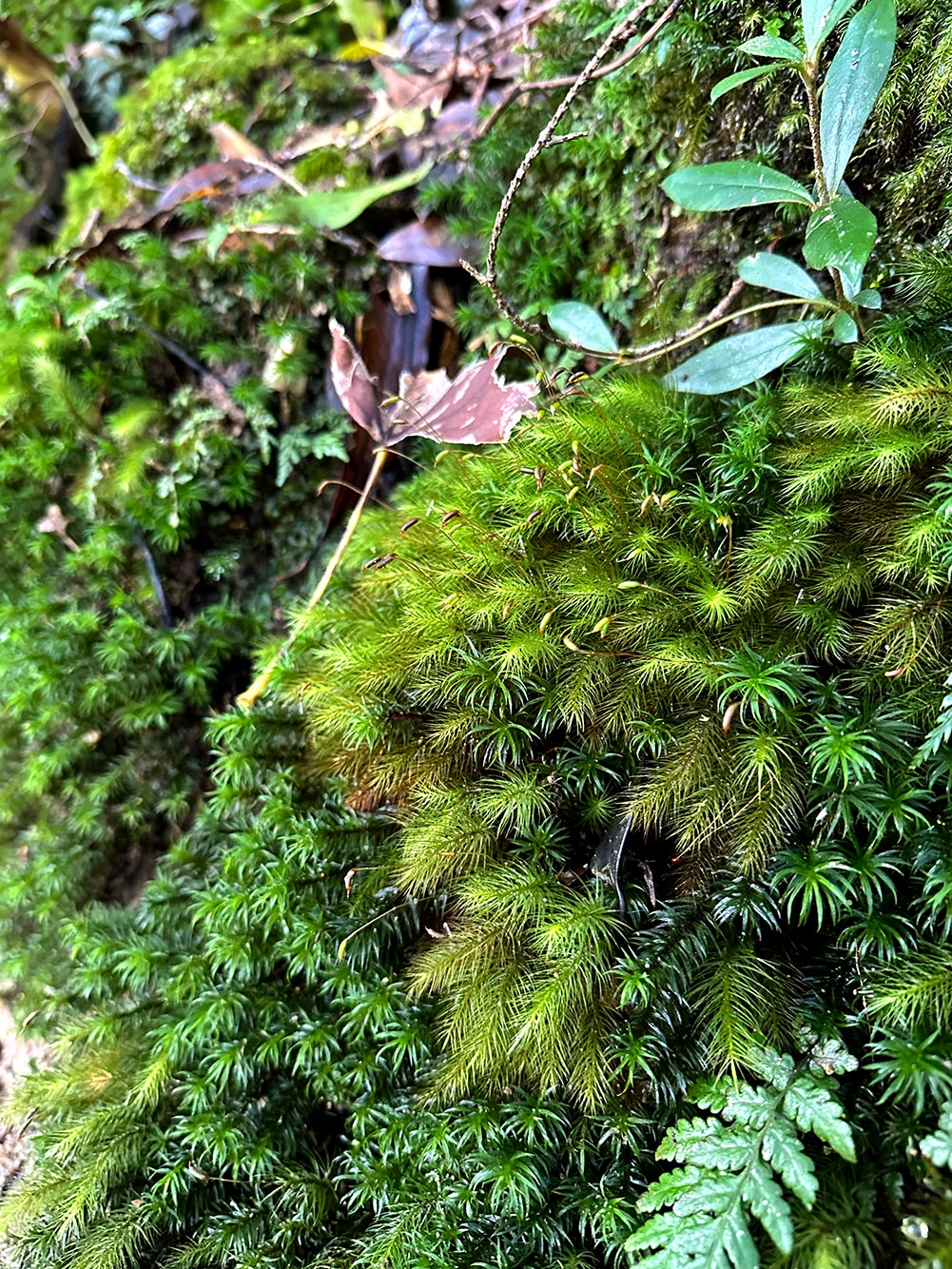
We hiked for a little bit more past the Moss Covered Forest but eventually decided we were too tired to go all the way to the Taikoiwa Rock and turned back. We started hiking at about 8am and left the park at about 12pm.
Shiratani Unsuikyo 白谷雲水峡 [Google maps]. Entrance fee 1,000 JPY. There is a small discount if you have Yakusugi Land tickets.
Miyanoura Town 宮之浦
The entrance road to Shiratani Unsuikyo is from Miyanoura Town, one of the main hubs of Yakushima because it’s where the ferry terminal is located. If you are looking for supermarkets, restaurants or accommodation or especially if you aren’t planning to drive, this would be one area I would recommend staying in.
- Life Centre Yakuden [Google maps] along the main road had convenient parking and had souvenirs as well as snacks and food, a good place to stop and pick up things to eat or cook.
Panorama Restaurant
Panorama is located in Miyanoura but it has its own entry as it is one of Yakushima’s most popular restaurants, so popular that it’s apparently fairly impossible to just walk in without a reservation. We were chatting with the Yakushima Bless shop owner one afternoon and he was aghast that we planned to just try our luck at walking in, so he helpfully made a call and reservation for us.
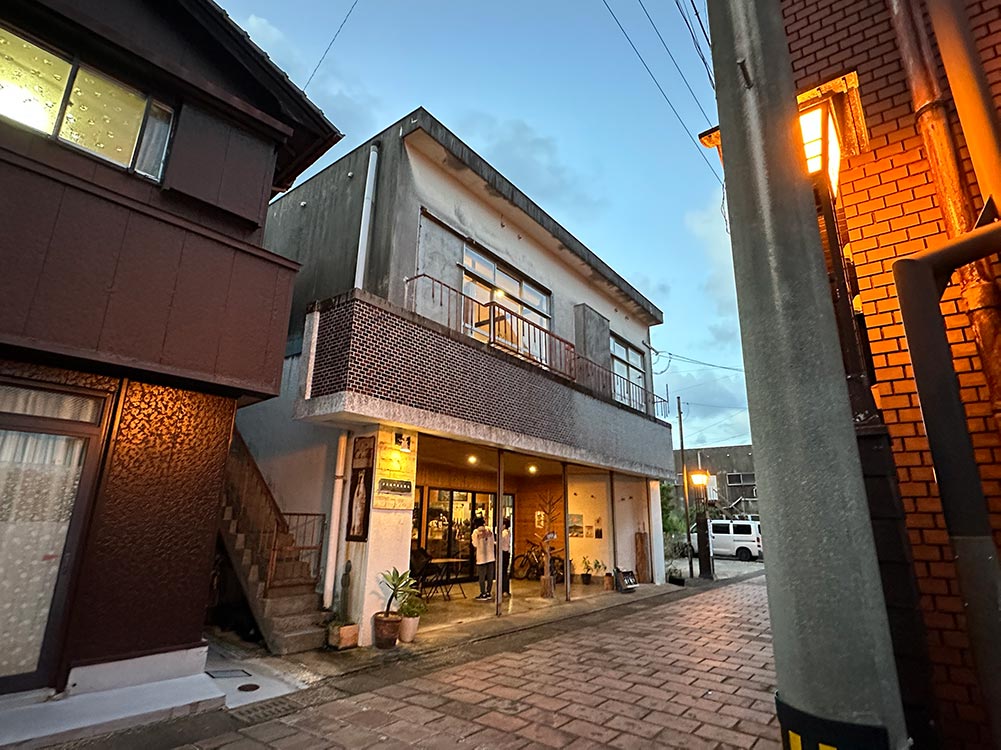
Panorama is a very cute little izakaya restaurant – it’s small size is also why you need to make reservations to get a seat here. Panorama is located in a small house near the Miyanoura port area – the roads here are pretty narrow so it’s best to park in the lots along the Miyanoura River and take a short walk over to the restaurant.
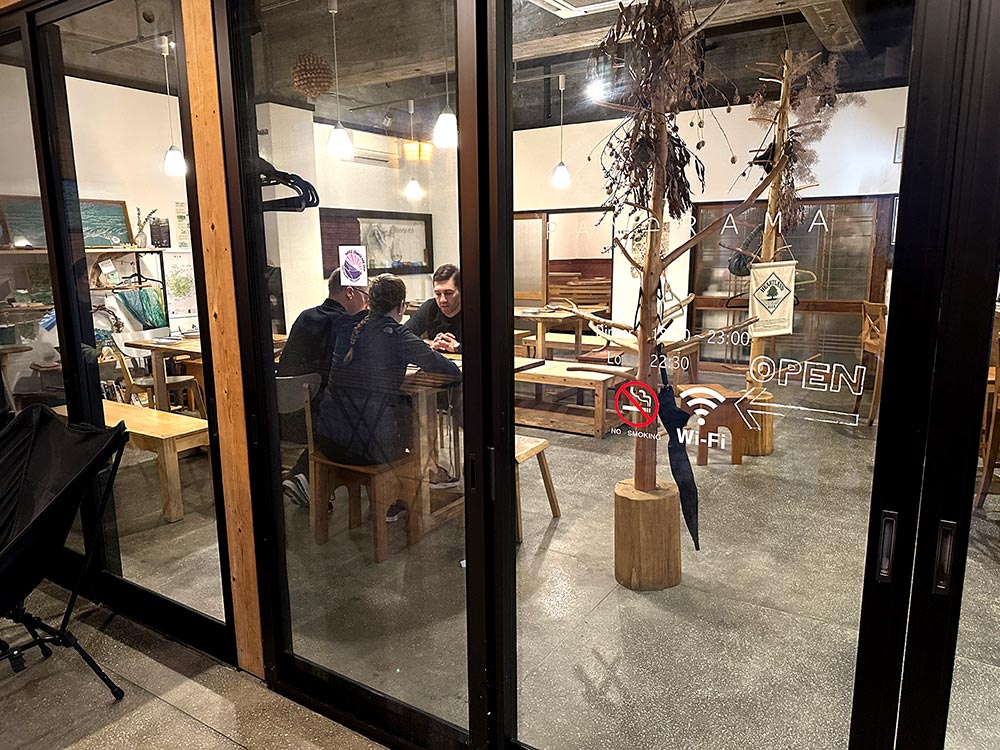
We had seats at the bar counter ordered a bunch of small dishes. The Panorama menu uses lots of local vegetables and seafood in their menu. The camembert cheese with tankan orange was pretty interesting, and the chicken liver pate was quite good. We shared a pork belly don and I had some deep fried tobikatsu which is like a fried flying fish fish cake. The creme brulee with black tea and tankan from Yakushima was also pretty awesome.
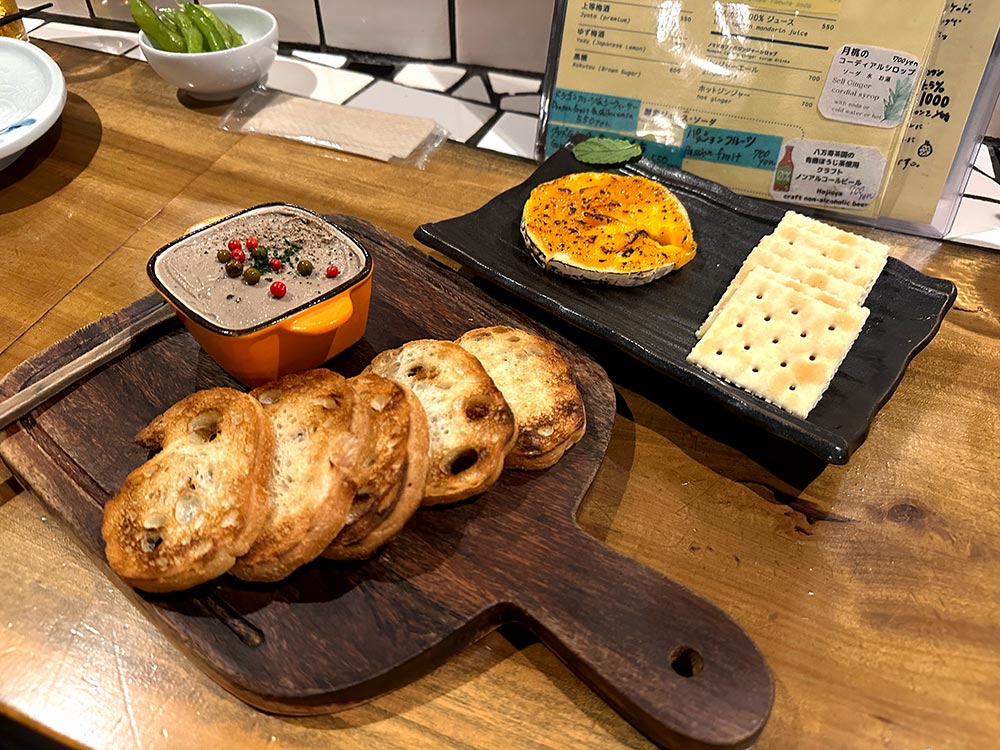
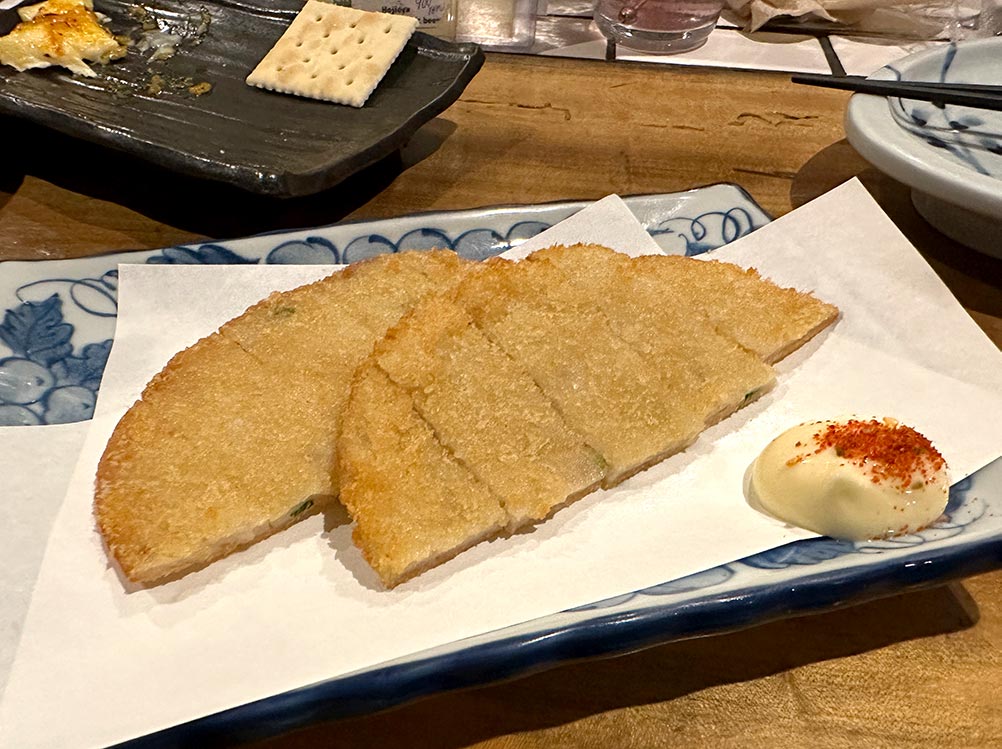
Overall this place has really nice hipster vibes and the food was quite good. We paid 5,720 JPY in total for 2 pax including cocktails which is pretty decent. I can see what the hype is about and it’s a really nice place to eat at… if you can swing a booking! Do make your reservations early.
Panorama [Google maps] Open 6pm – 1030pm, closed on Wednesdays
Catch the Beer
Catch the Beer is Yakushima’s very own craft brewery and they have a tiny little shop located on the east side of the island that you can buy beer from. Not really much of a place to sit down though. You might see some of their beers sold in other restaurants around the island as well.
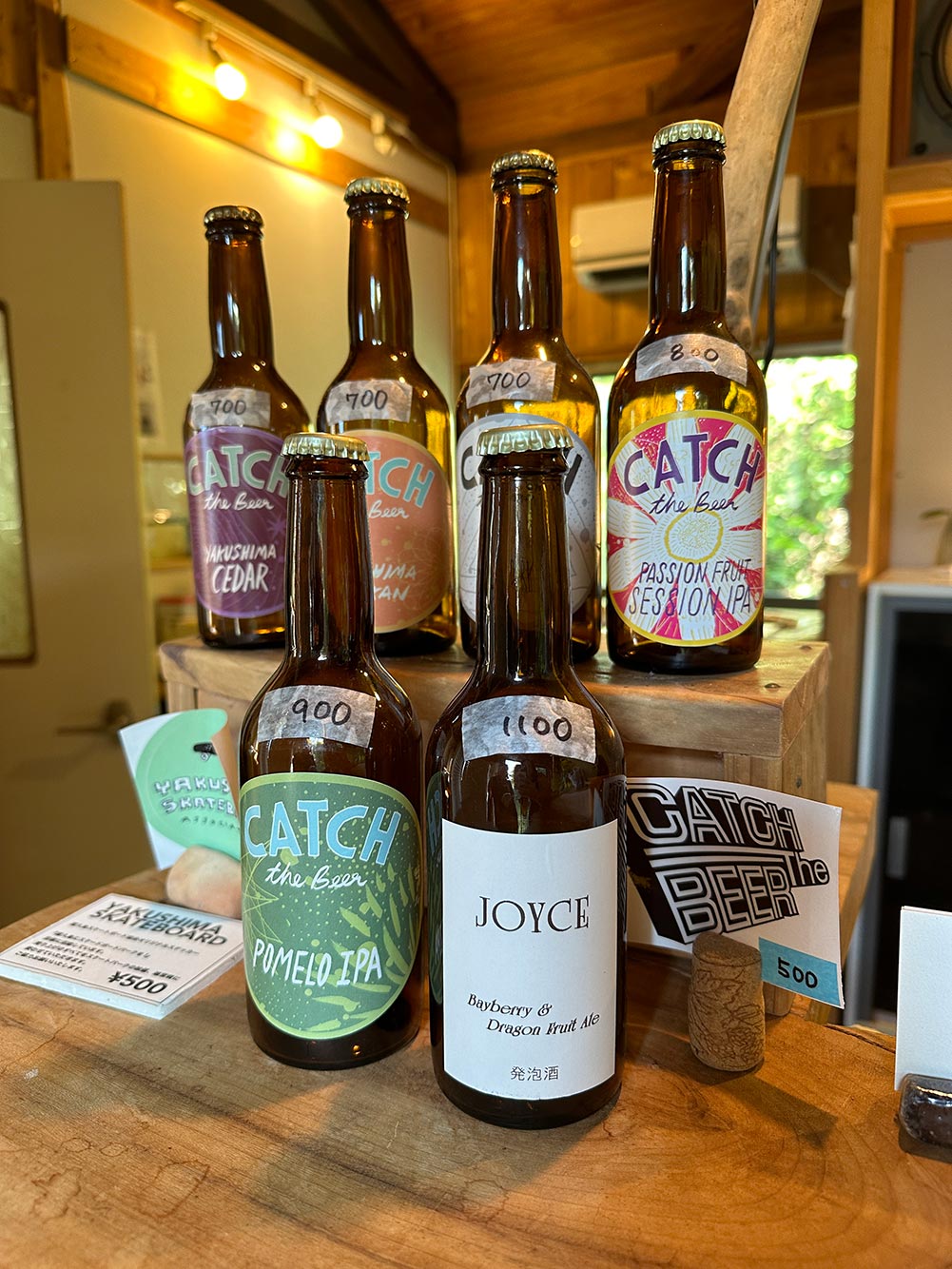
Catch the Beer’s location is in Koseda which is a small town just north of the Yakushima Airport. Finding this shop was a bit of a challenge as it’s a very tiny spot!
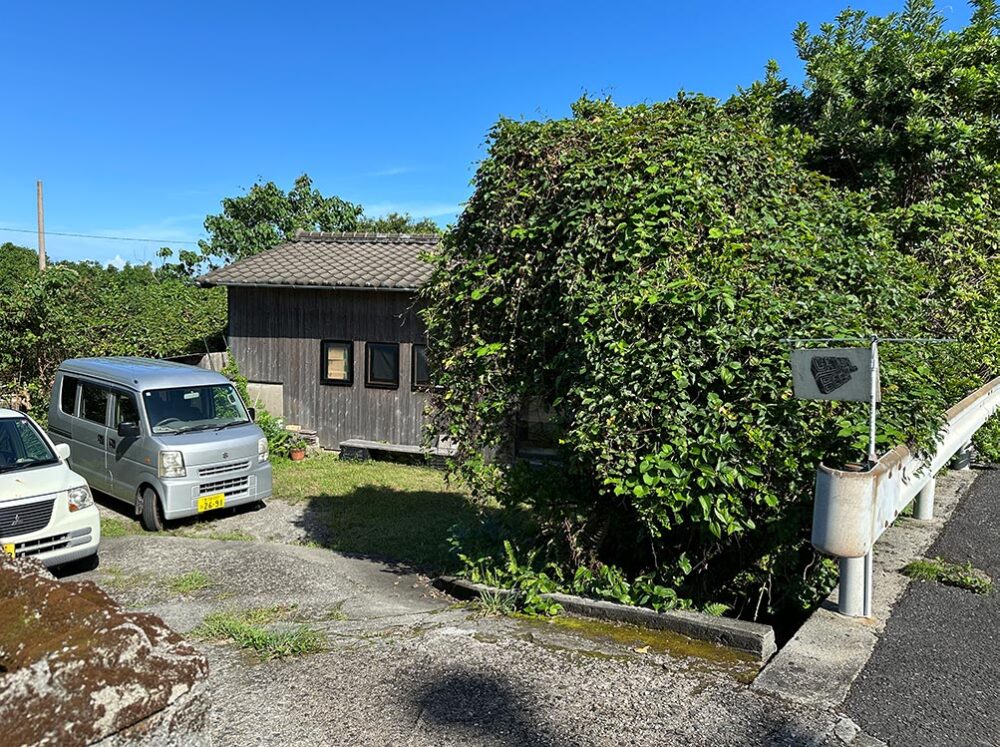
Catch the Beer [Google maps] Open 1pm – 6pm, closed on Sundays
Isso Beach 一湊海水浴場
I visited Yakushima in September at the tail end of summer, but I didn’t do anything particularly summery like swim or lounge on the beach too much, but I did stop by Isso Beach which had some lovely coastal views, and make me feel like I need to come back again for a proper summer day out.
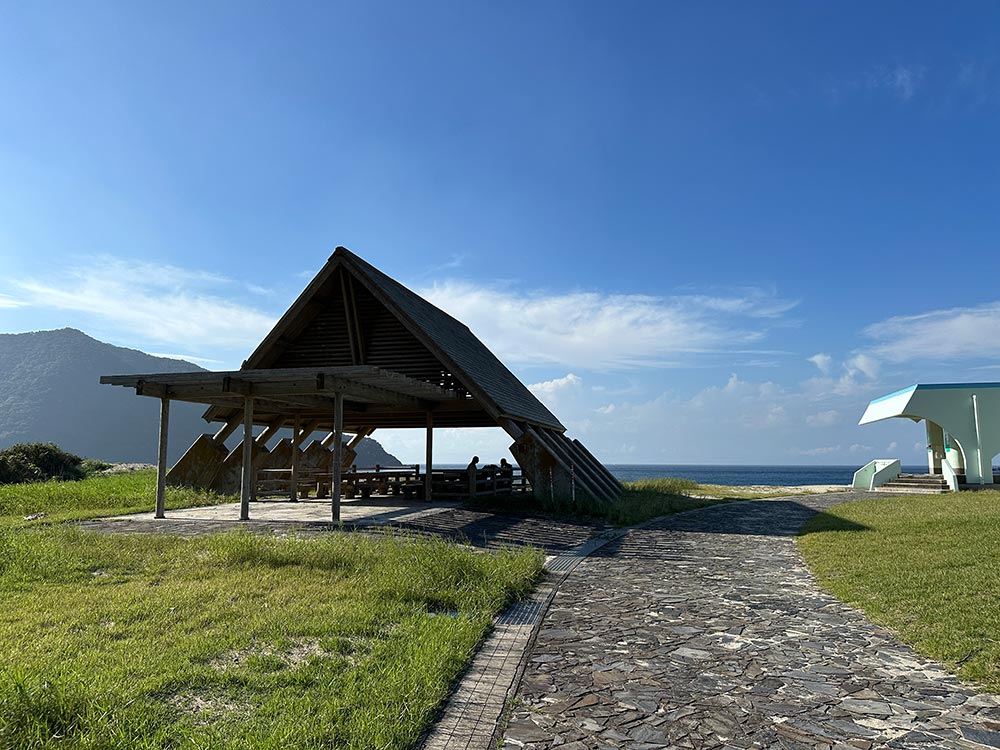
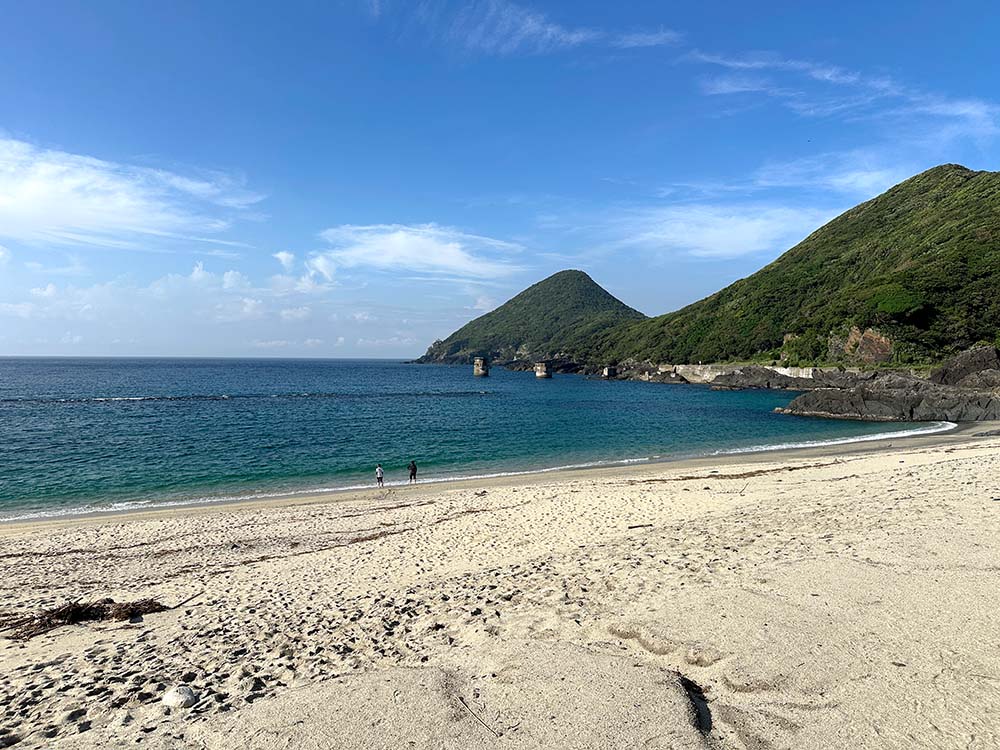
There is apparently an Isso lighthouse [Google maps] on the hills to the right of the beach that you can drive out to.
Isso Beach 一湊海水浴場 [Google maps]
East China Sea Observatory 東シナ海展望所
The road between Isso Beach and Inakahama Beach climbs over a hill, the perfect spot for a little elevated viewpoint that drivers can stop at for a little breather and view of the sea north of the island. There is a small pavilion here if you want to stop and have a snack, otherwise there’s not too much else here.
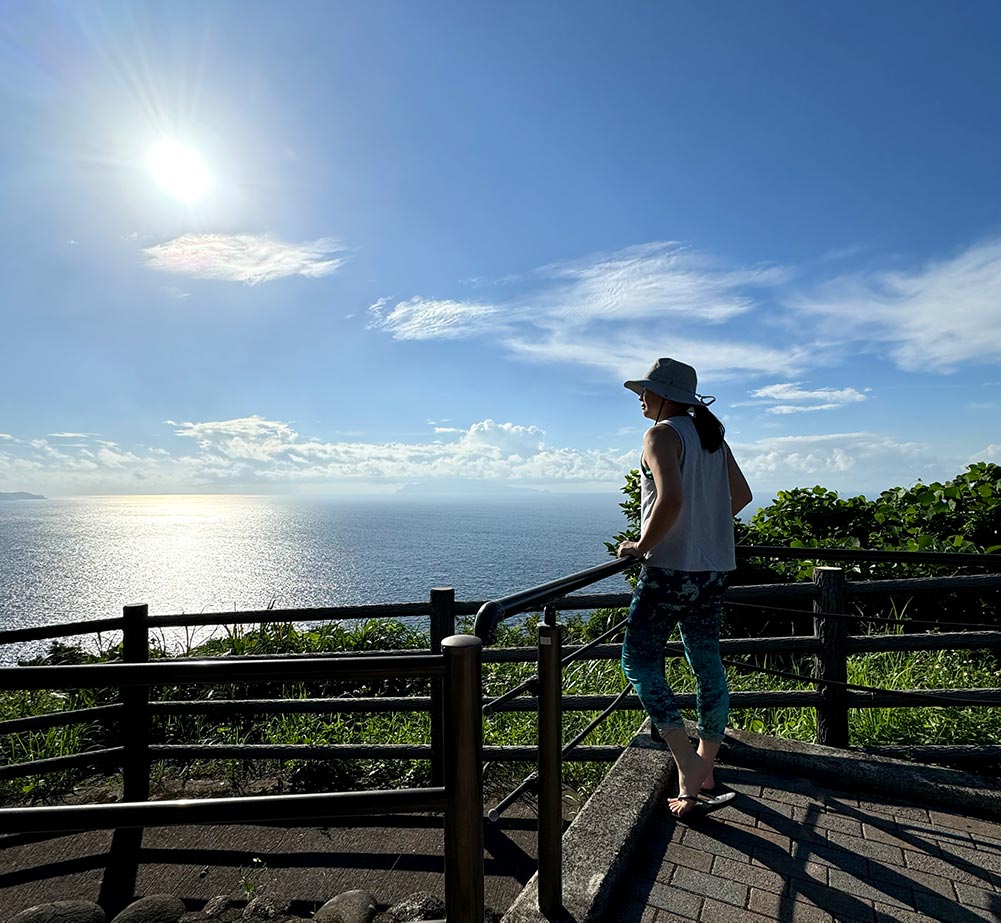
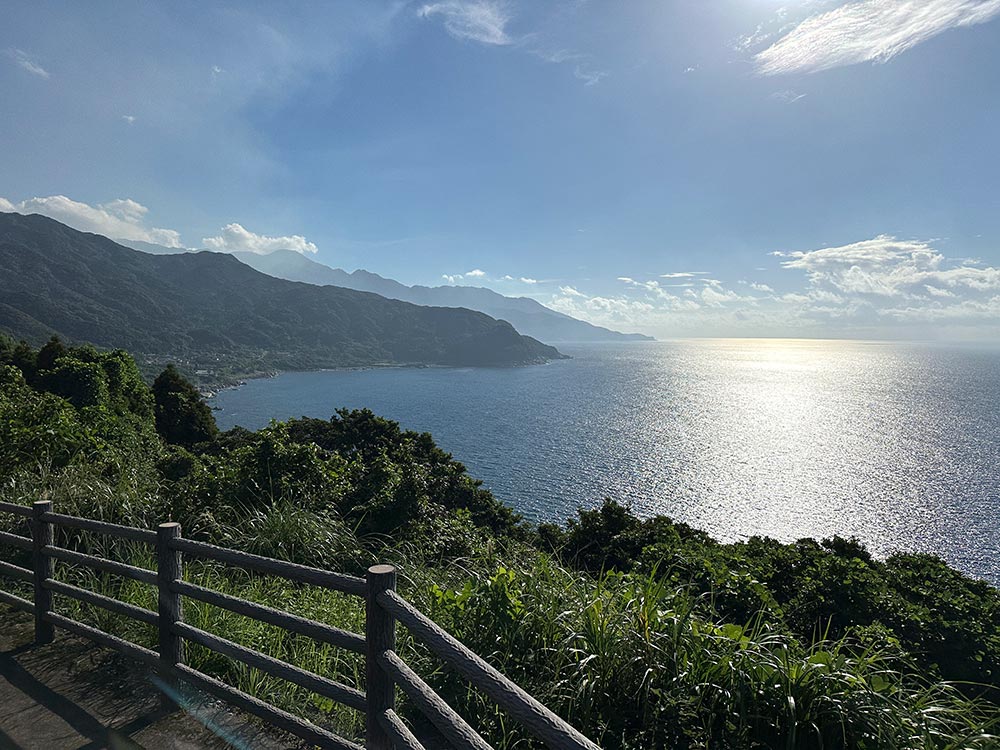
East China Sea Observatory 東シナ海展望所 [Google maps]
Inakahama Beach 永田浜
Inakahama Beach along the northwest coast of Yakushima island is a beautiful long stretch of golden yellow sand, and while it wasn’t particularly interesting when I visited, this beach is most popular in summer from May to July when turtles come up to nest here.
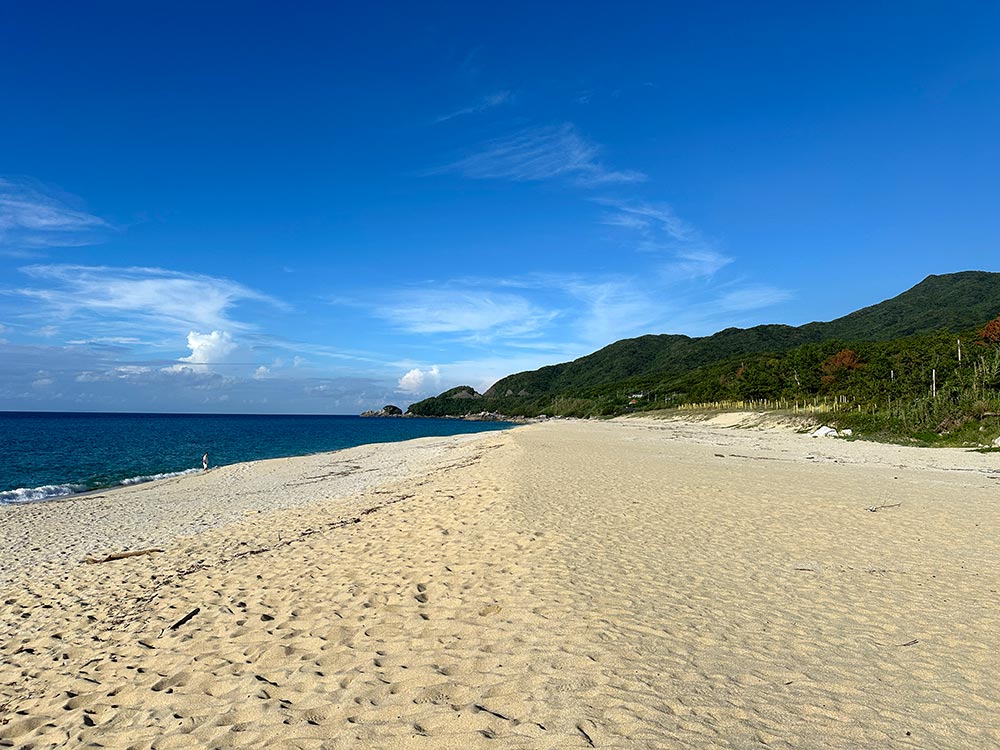
Inakahama Beach 永田浜 [Google maps]
Day 3: South Yakushima
Dedicate a full day to a Yakushima highlight of very old trees called Yakusugi and enjoy more nature and waterfalls along the way.
Yakusugi Land ヤクスギランド
Another must-visit spot in Yakushima is Yakusugi Land, a nature park on the eastern slopes of the island named for one of Yakushima’s unique features. Yakusugi is a special name given to Japanese cedar trees that are over 1,000 years old and are usually extra tall and thick! These special cedars are considered sacred and protected by law.
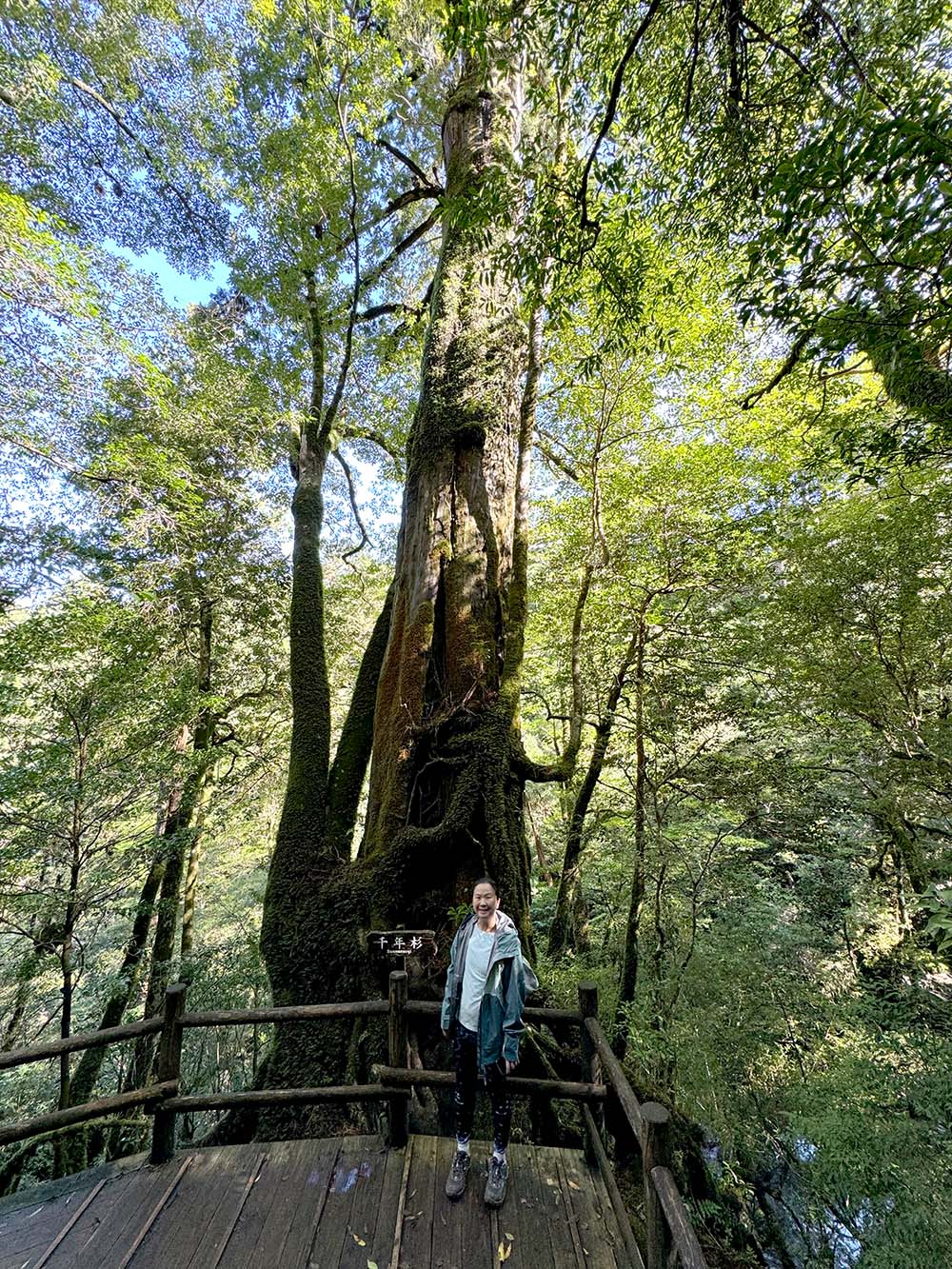
Yakusugi are typically found at higher altitudes, and you’ll feel the temperature difference as you ascend the winding mountain slopes to the entrance of Yakusugi Land over 1,000m above sea level. Layering is pretty key when hiking in Yakushima!
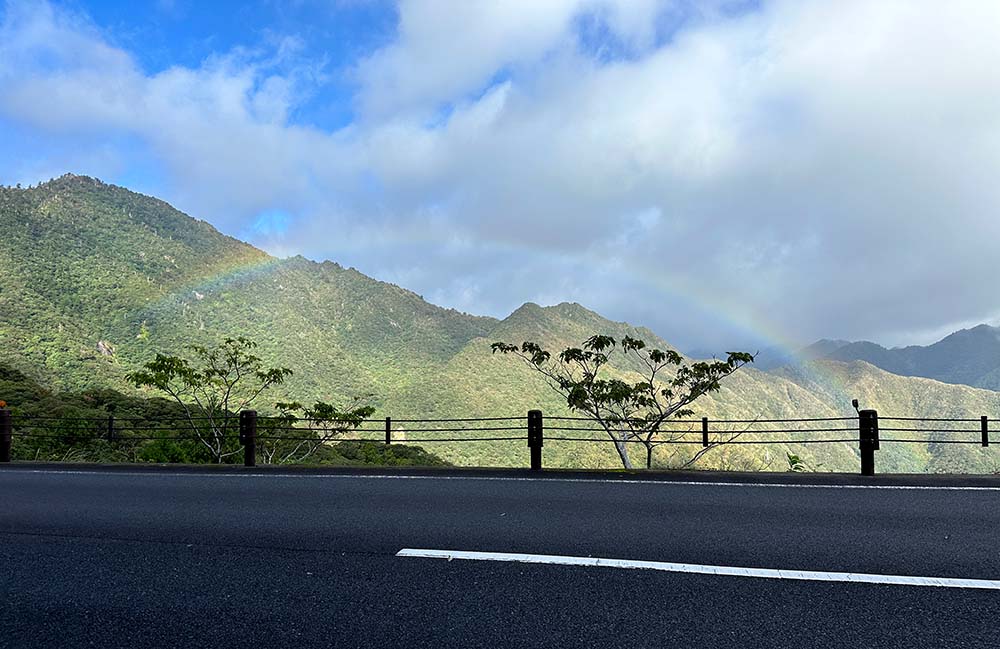
Yakusugi Land was once a logging forest dating as far back as the Edo period, and evidence of logging activities can still be seen along the trails, with giant stumps and fallen tree trunks strewn all around.
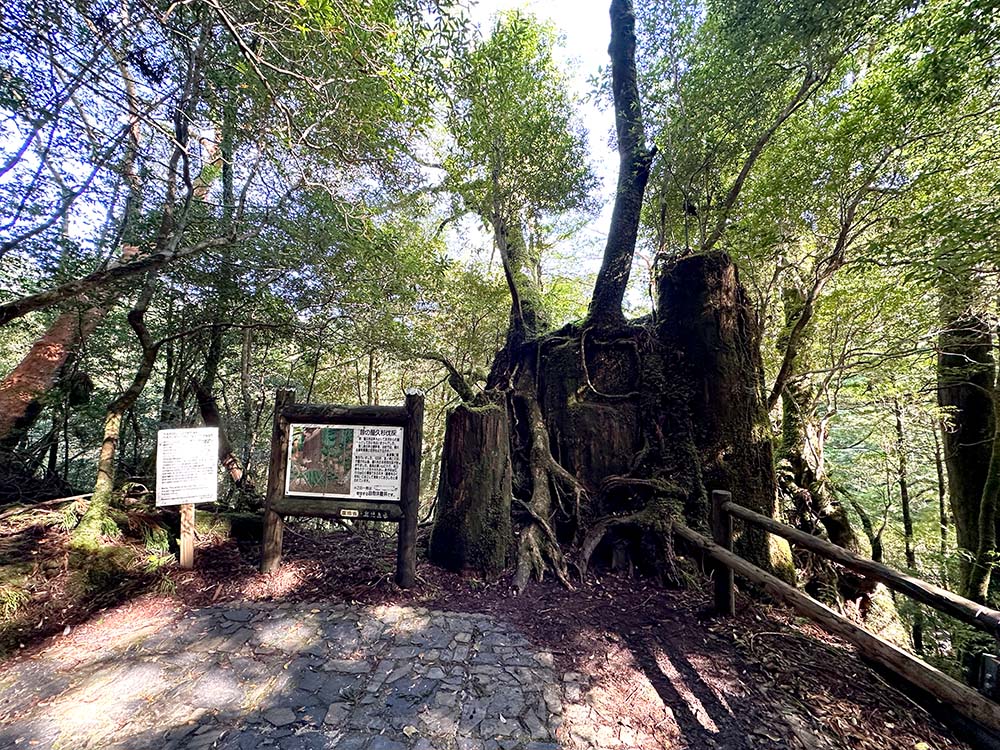
Yakusugi Land has a different forest feel compared to Shiratani Unsuikyo. I thought Yakusugi Land had more variety of landscapes – there were more rivers and bridges beyond the forest and towering trees. I also feel that the paths here (at least on the 80 min course) are not as tough as the Shiratani Unsuikyo ones so if you only had time for one nature spot, I think Yakusugi Land might be an easier option compared to Shiratani Unsuikyo.
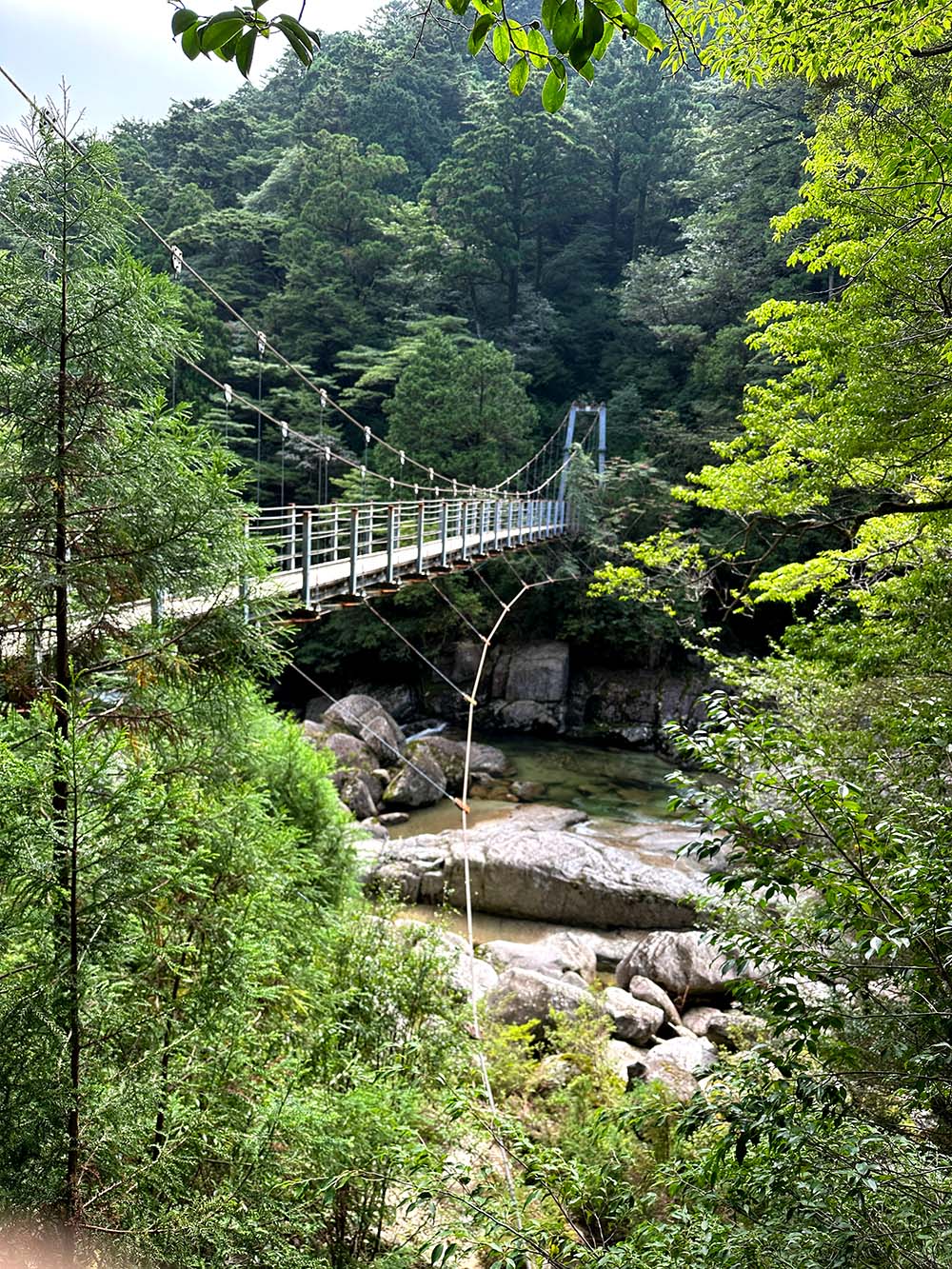
There were some signs of typhoon damage and repair in Yakusugi Land, but all the routes were open and we had our pick from short 30-minute strolls to the longest hike to the peak of Mount Tachu that takes about 3 ½ hours – we opted for the 80 minute course and in total probably spent about 2 hours exploring Yakusugi Land.
The shorter courses feature covered boardwalks, and only those that go out a bit further feature more rugged paths.

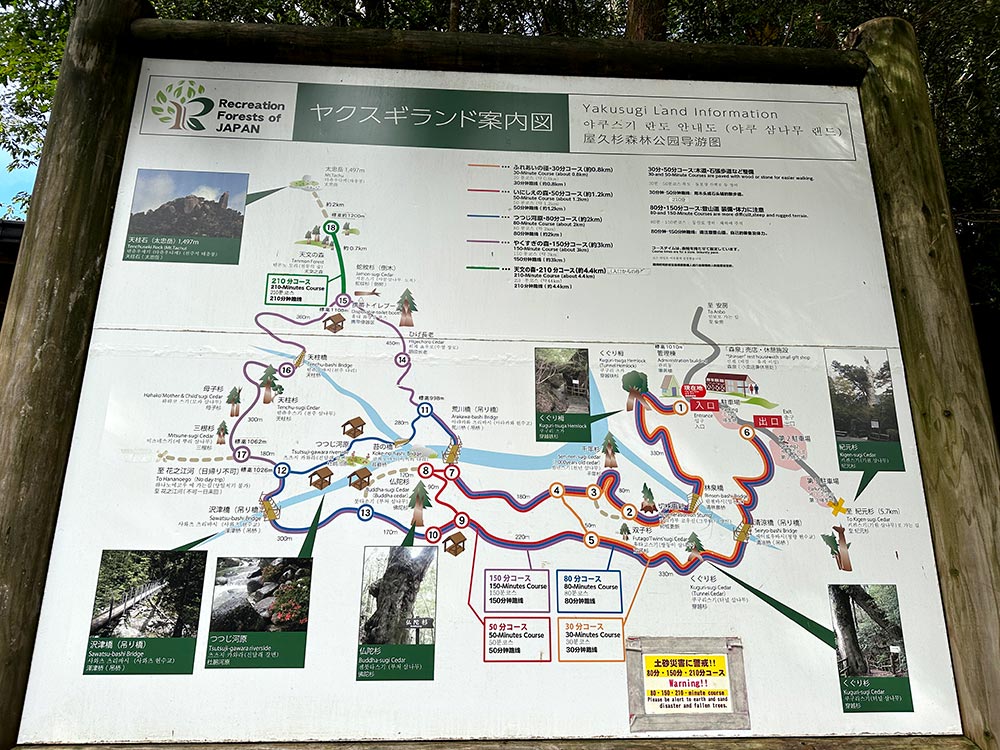
There is a gift shop at the entrance of Yakusugi Land, and all around Yakushima there are plenty of Yakusugi/cedar wood related souvenirs that you can purchase. I caved and bought cedar wood chopsticks, cup and and even some wood chips potpourri!
Yakusugi Land ヤクスギランド [Google maps] Open 9am – 5pm. Entrance fee 800 JPY – there is a small discount if you have Shiratani Unsuikyo tickets.
Yakusugi Museum 屋久杉自然館
En route up to Yakusugi Land is the Yakusugi Museum. Lots of parking here as this is where you take the bus to the Arakawa Trailhead hike if you plan to see the Jomonsugi, aka the 25m tall behemoth that’s potentially 2,000 – 7,000 years old – it’s a hike that requires a 4am start and takes 8-10 hours so… nope not for me.
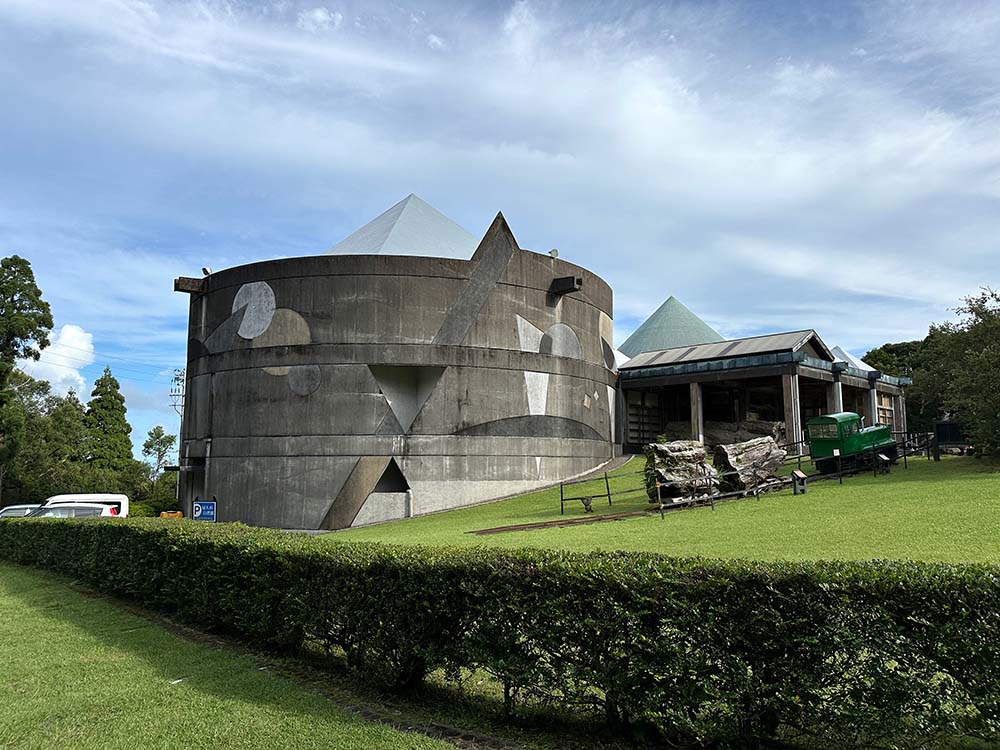
But you can still learn about the Jomonsugi even if you don’t hike to it – the Yakusugi Museum has a really great exhibit that shows you the size and lots of history about this historic tree, as well as the remains of the ‘small’ branch that fell off some years back.
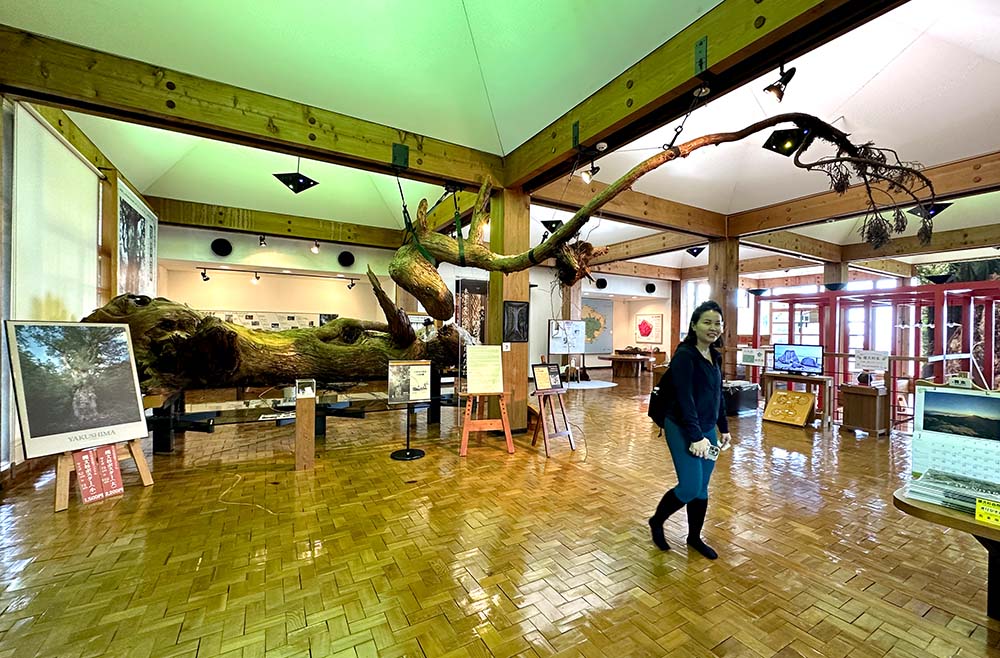
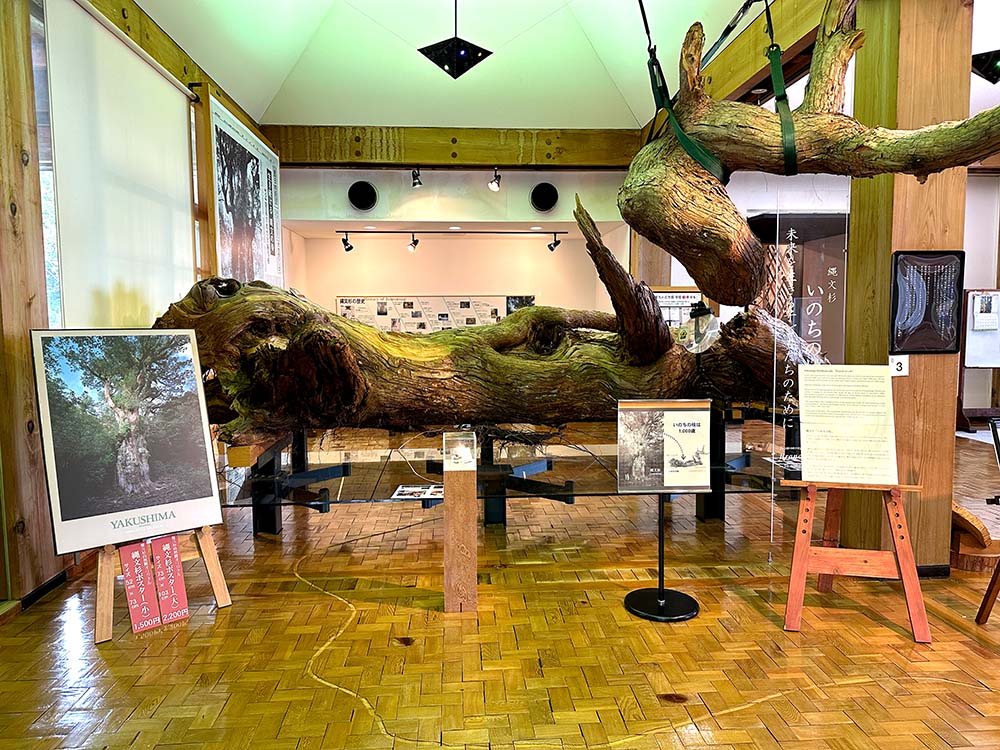
The Yakusugi Museum is great as it gives a lot of context to Yakushima’s greenery, the perfect spot to visit either right at the start of your trip or to rest up after a strenuous hike at Yakusugi Land. It covers two storeys and is a lot bigger than it might look from outside, extending to the back. You do have to pay an entrance fee to go in but I think it’s very worth the fee because the exhibits are both educational and very detailed.
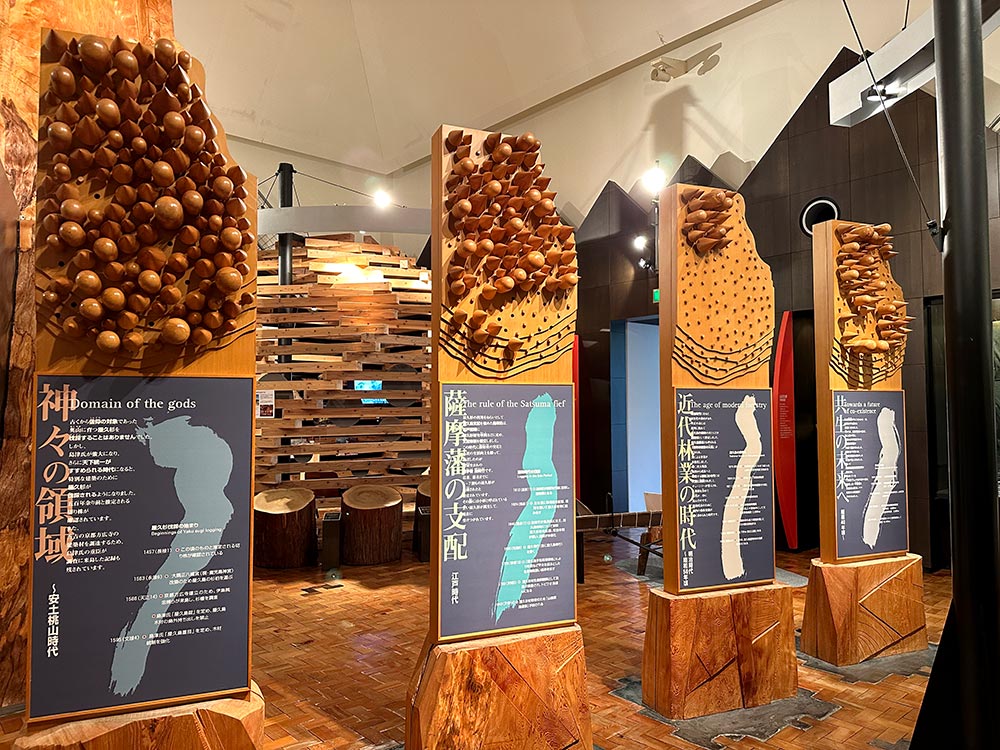
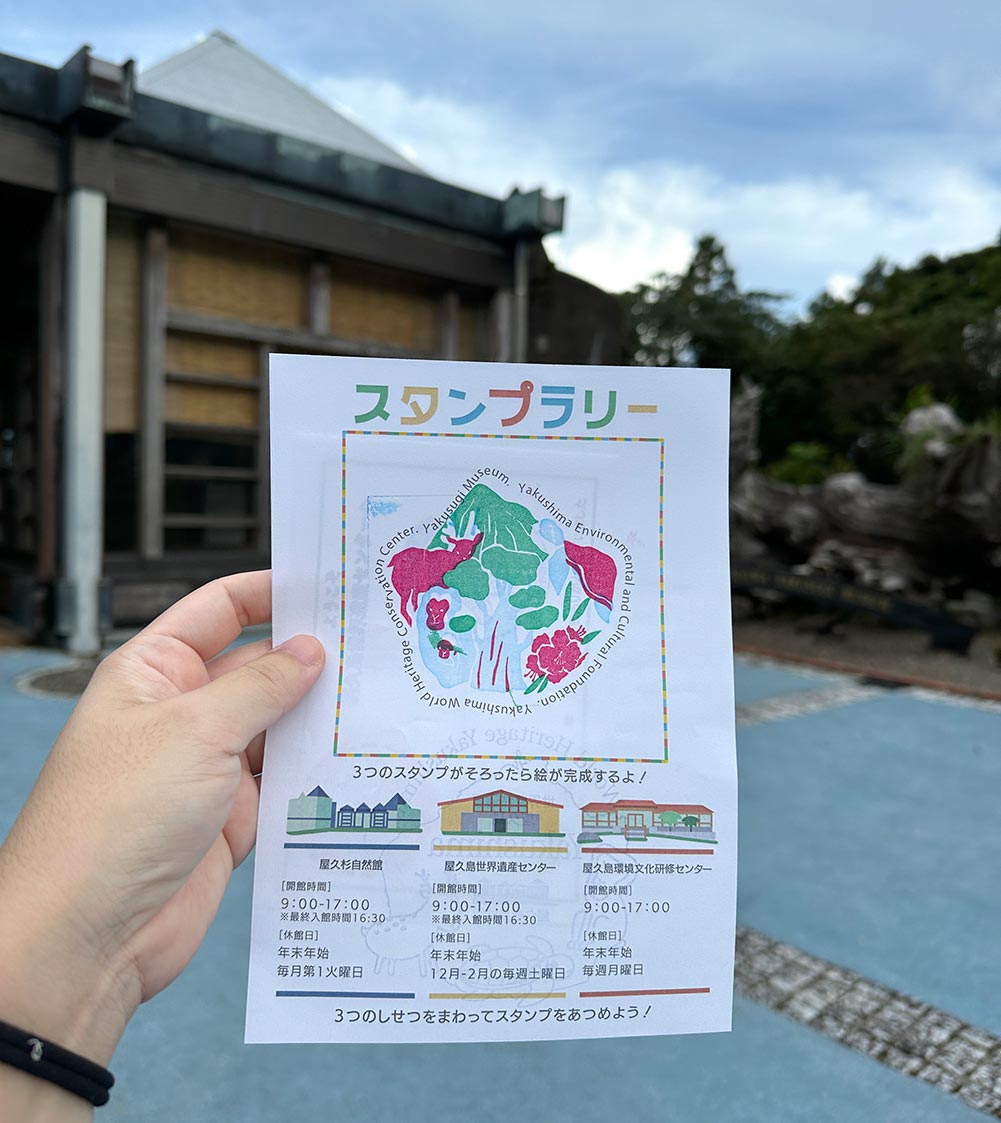
Yakusugi Museum 屋久杉自然館 [Google maps] Open 9am – 5pm. Entrance fee 1,200 JPY.
Tama Cafe
Spotted this cute little cafe located very close to the Yakusugi Museum, and decided to pop in there for a late lunch after leaving the museum. It’s a very cute little spot and while the menu is small, one of its highlights is the deer meat tomato stew – there are enough deer on the island that they aren’t a protected species.
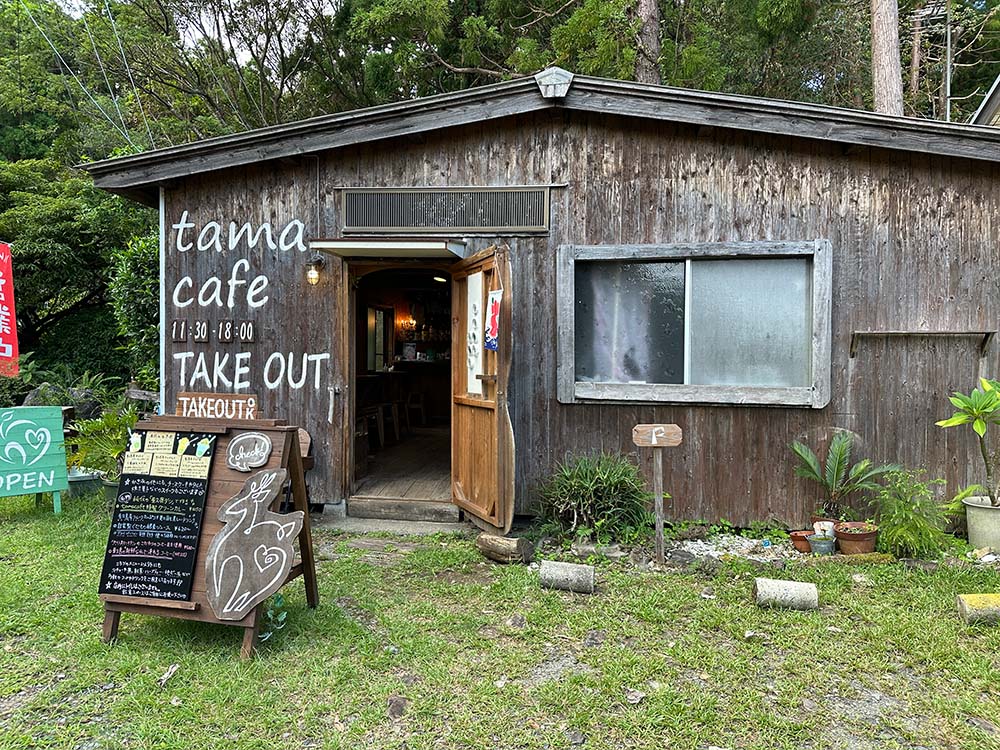
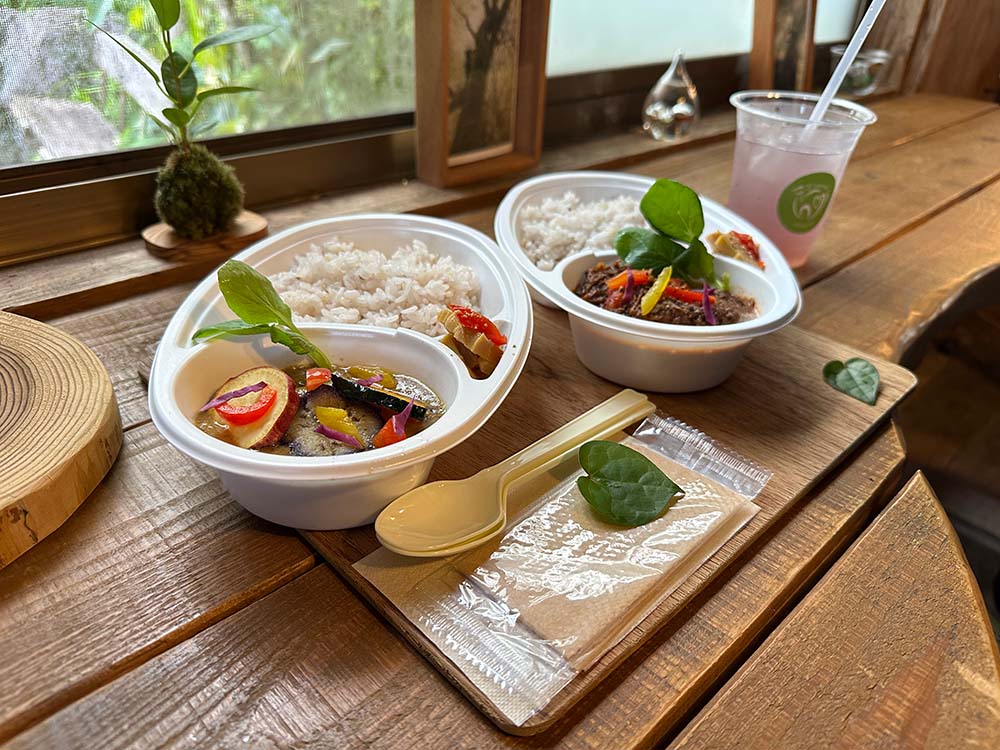
Love the pretty drinks as well – I had the Yakushima tankan (mandarin orange) and my friend had some sort of fruit enzyme tea. Overall great vibes and spot to chill out for anyone tackling Yakusugi Land.

Tama Cafe [Google maps] Open 1130am – 5pm, usually closed on Wednesdays
Hombo Distillery 本坊酒造 – Yakushima Denshogura
Kagoshima and by extension Yakushima is famous for their potato shochu – I had a lot of sake (brewed like beer) up in Niigata, but here in Kagoshima, the liquor of choice is shochu (distilled like whisky), and in particular made with potatoes instead of other grains like rice, barley or buckwheat.
Hombo Distillery is one Kagoshima’s more famous shochu distilleries, and this branch Yakushima Denshogura is unique because its shochu here uses largely Yakushima specific ingredients, like the water (apparently extra sweet and soft) as well as sweet potatoes grown on the island itself.
It seems like if you time it right or can speak Japanese you can get a tour of the facilities and see the aging barrels and all making process, but we headed straight to the little shop for tasting and purchase. They were pretty strict about drink driving, so I teetotaled while my friend got to try everything on my behalf.
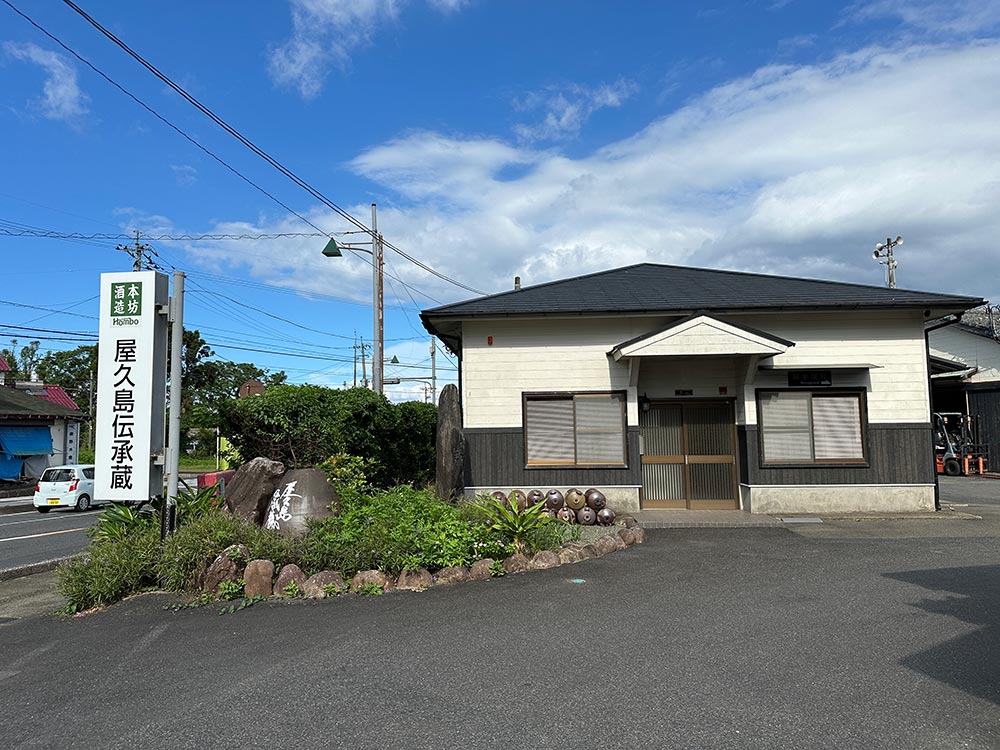
Special Yakushima shochus were available – I particularly enjoyed the tankan sake that I bought back and wish I had more of! It was sweet and tasty and I love the tankan flavour.
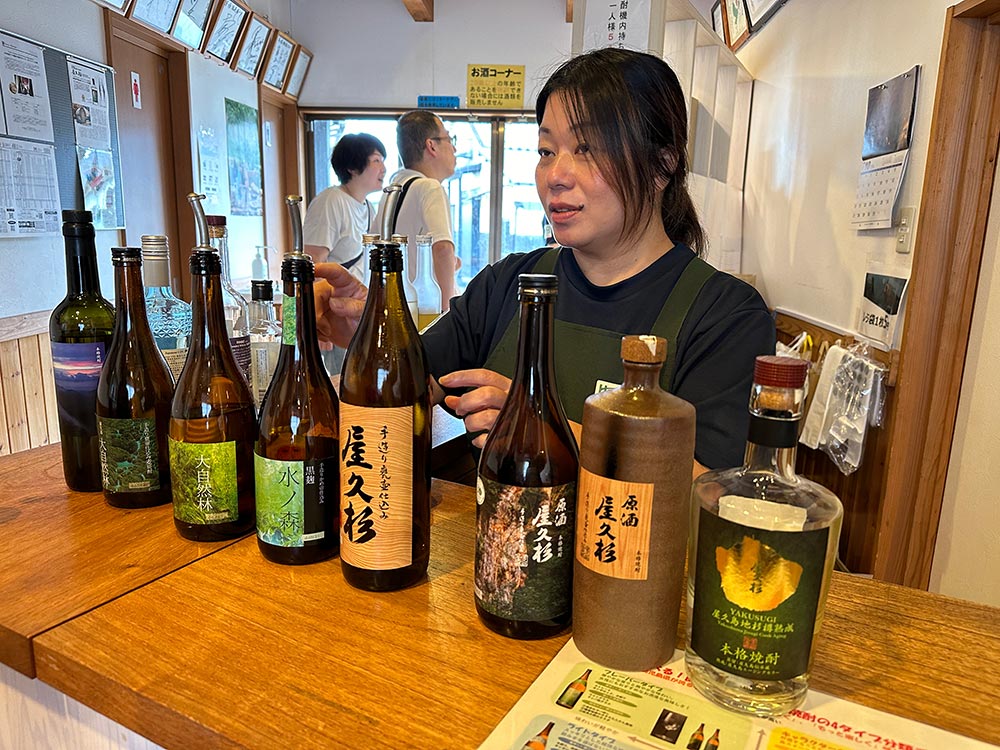
Hombo Distillery 本坊酒造 [Google maps] Open 9am – 4pm (closed 12pm – 1pm)
Anbo Town 安房
The closest main town to my accommodation was Anbo and also where one of the high speed jetfoil ferry terminals in Yakushima is located. There are a number of restaurants around here and we ended up eating here a fair bit just because it was the most convenient location for us.
The road to Yakusugi Land is also located right where this town is, making it an ideal stopover spot for lunch or dinner.
Seirios 島海味kitchenシリウス
On the first night in Yakushima, our guesthouse recommended us to check out Seirios for dinner. It’s got a rather homely bar vibe, and while parking was a bit of a pain here (we parked near the Mos burger across the road and walked a bit), I thought this restaurant was a nice place for a meal.
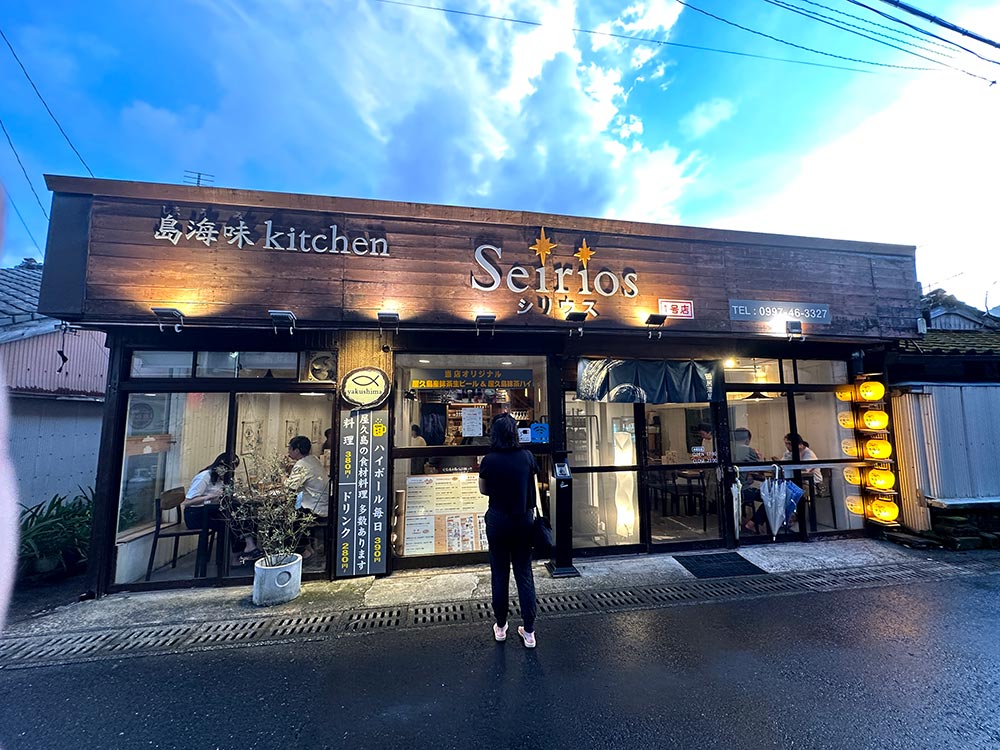
Here was our first encounter with venison aka deer meat on Yakushima in the form of a pizza! Honestly venison doesn’t taste that different from beef. They did also have a really unusual matcha green tea beer which tasted quite good surprisingly enough!

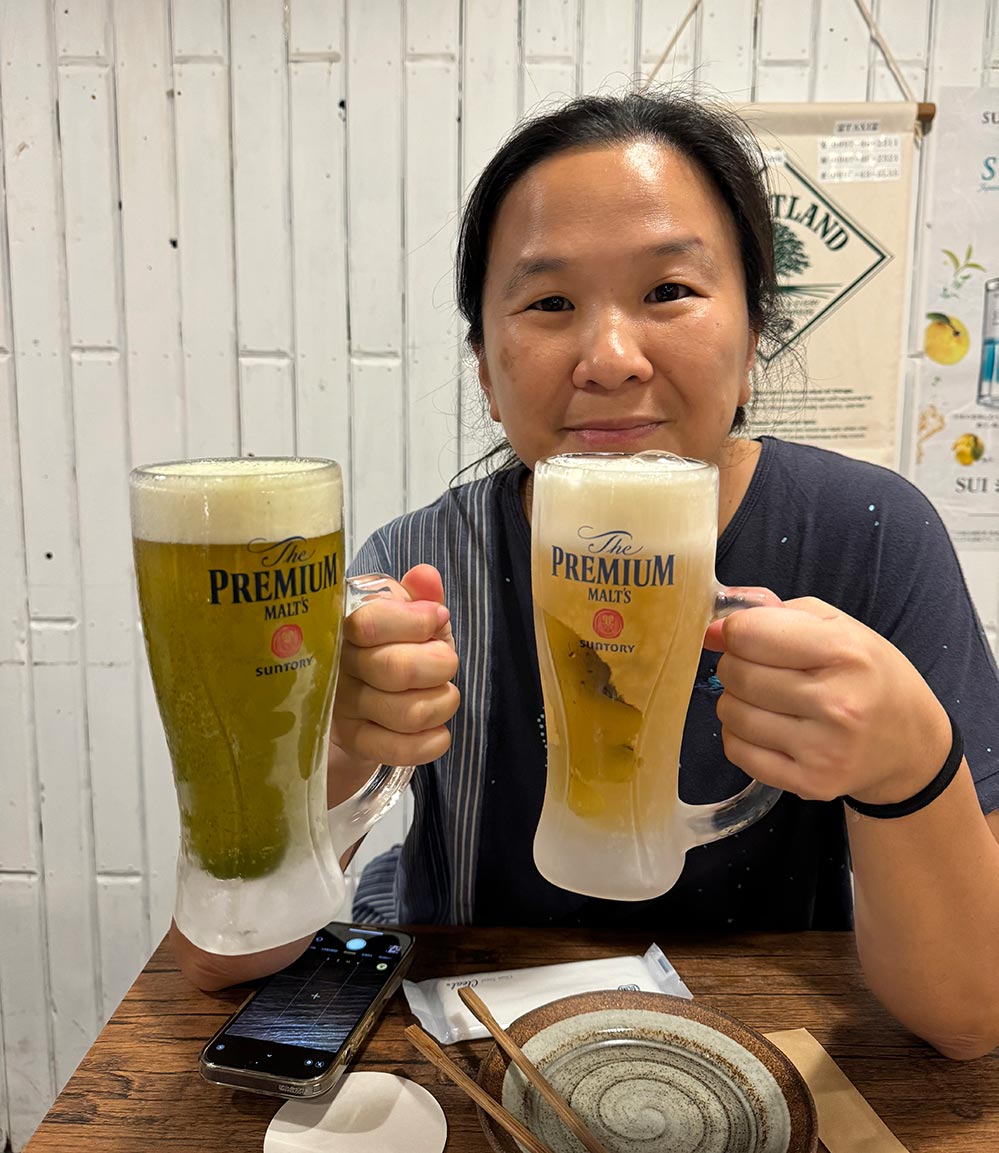
Seirios 島海味kitchenシリウス [Google maps] Open 5pm – 1030pm, closed on Wednesdays
SamPoTei 散歩亭
Another cool restaurant we found in Anbo town was this riverside house called Sampotei. It has a lovely location by the water, though it drizzled on the night we were there so we sat indoors.
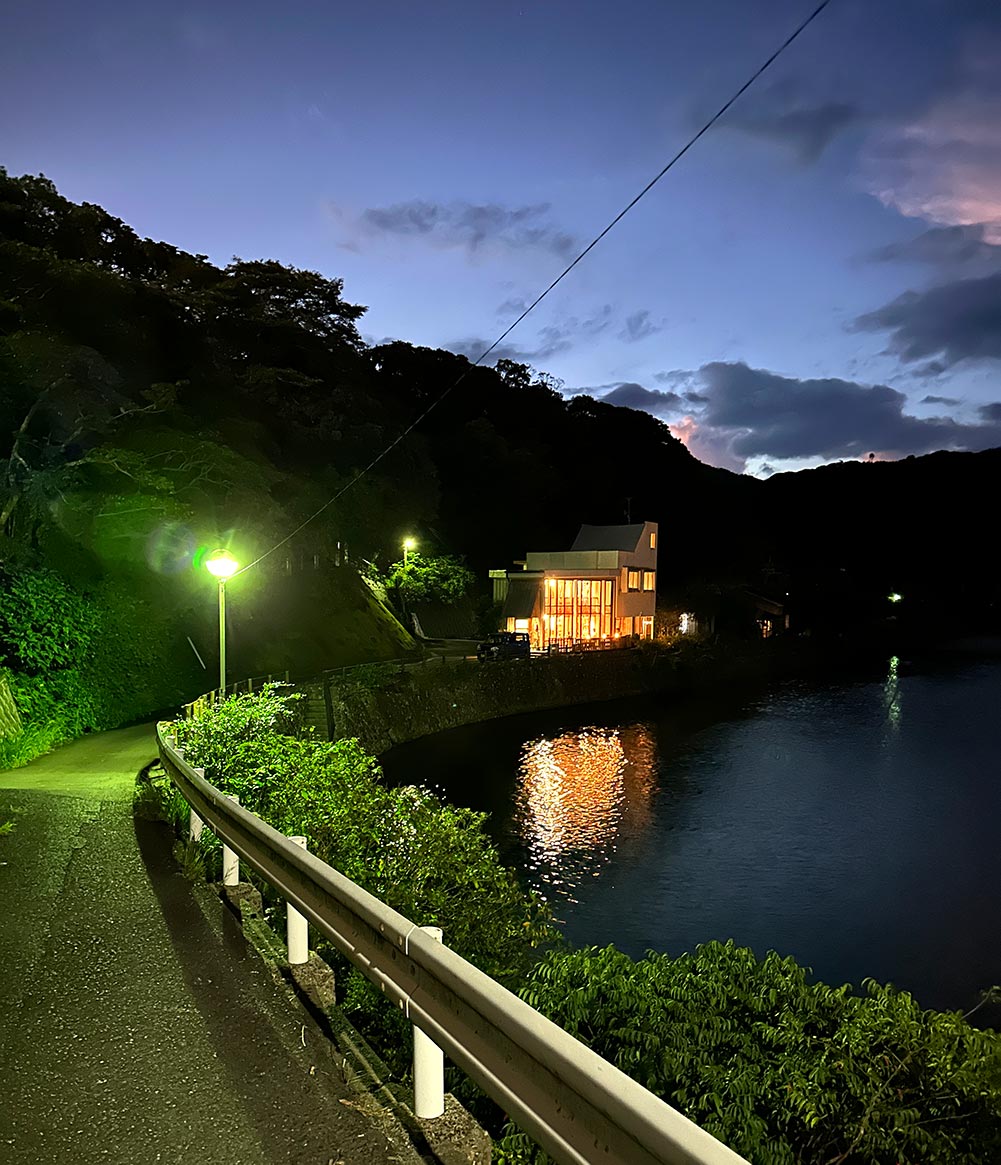
My travelling companion is not a fish/seafood eater whatsever, so I had the recommended scallop and bonito sashimi all to myself – these are fished from around Yakushima, as well as some local tankan beer (Catch the Beer!). Love the vibes of this spot, would imagine it being quite nice to chill out in in the day time as well given its location.
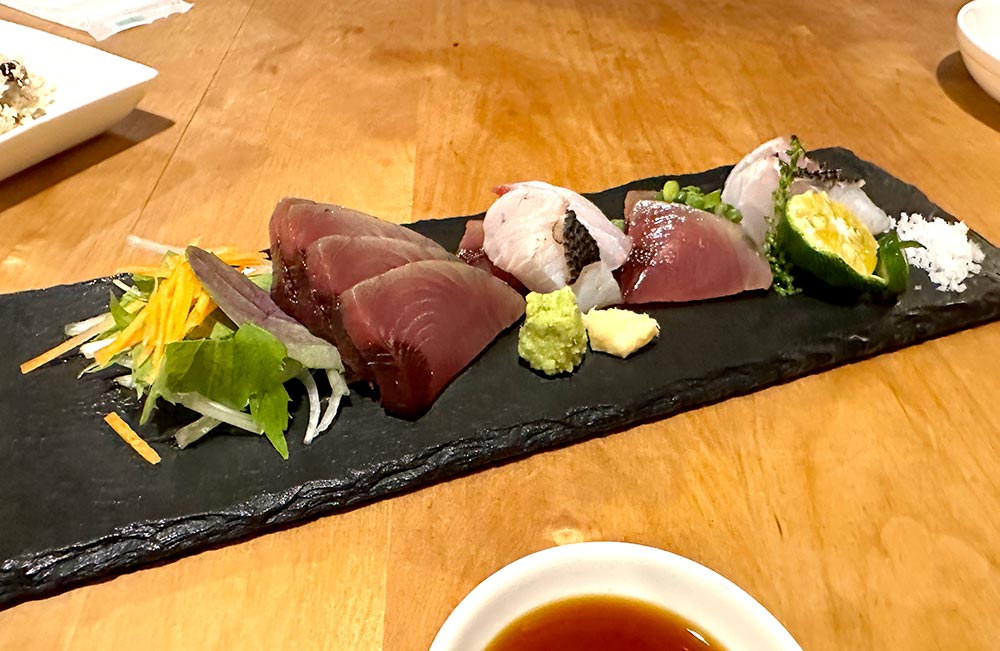
SamPoTei 散歩亭 [Google maps] Open 530pm to 12am
Yakushima Bless
Yakushima Bless’s clean zen aesthetic really stands out in the Anbo downtown area. They’re located right along the main road so we drove past this shop several times, and on our penultimate day finally decided to stop and take a look.
Yakushima Bless has some really minimalist and beautiful home decor items – their wooden cedar blocks and decorative vases are so pretty! I also loved their unusual mononoke brooches shaped like skulls – very unusual, but I resisted buying and now slightly regret it…
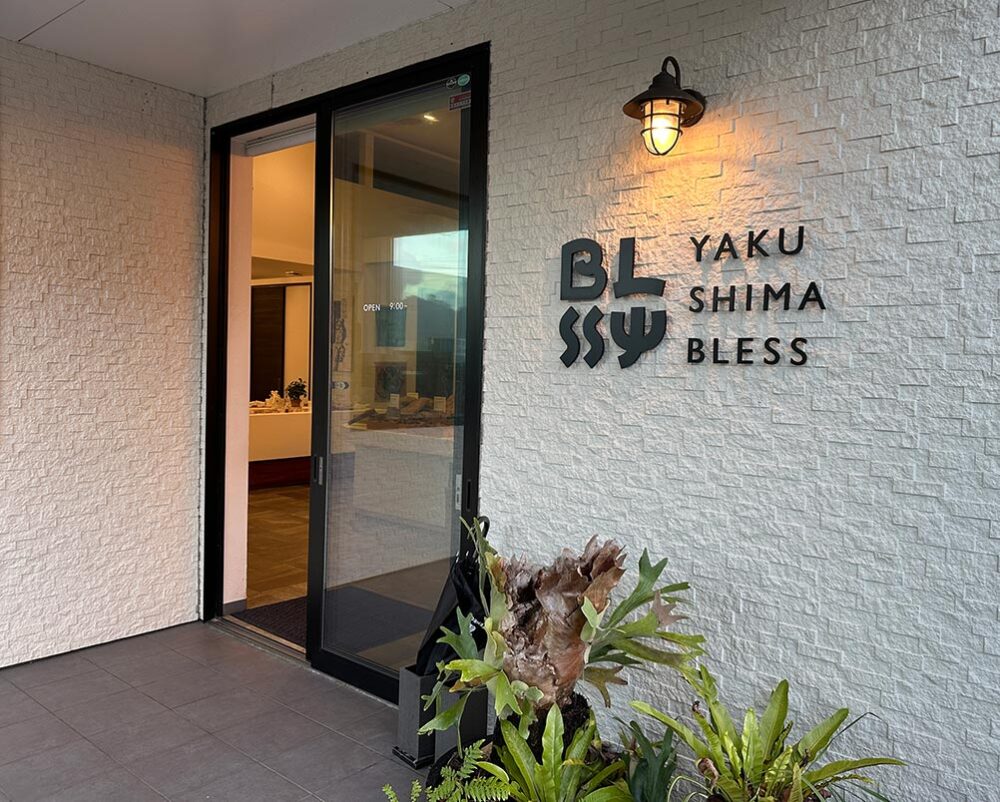
I did buy a cute woodblock print postcard featuring the famous jomonsugi, and the owner of the shop was really nice. He speaks good English and while chatting with us, even helped us make bookings for Panorama restaurant which we were having trouble reserving, so kudos to their great customer service!
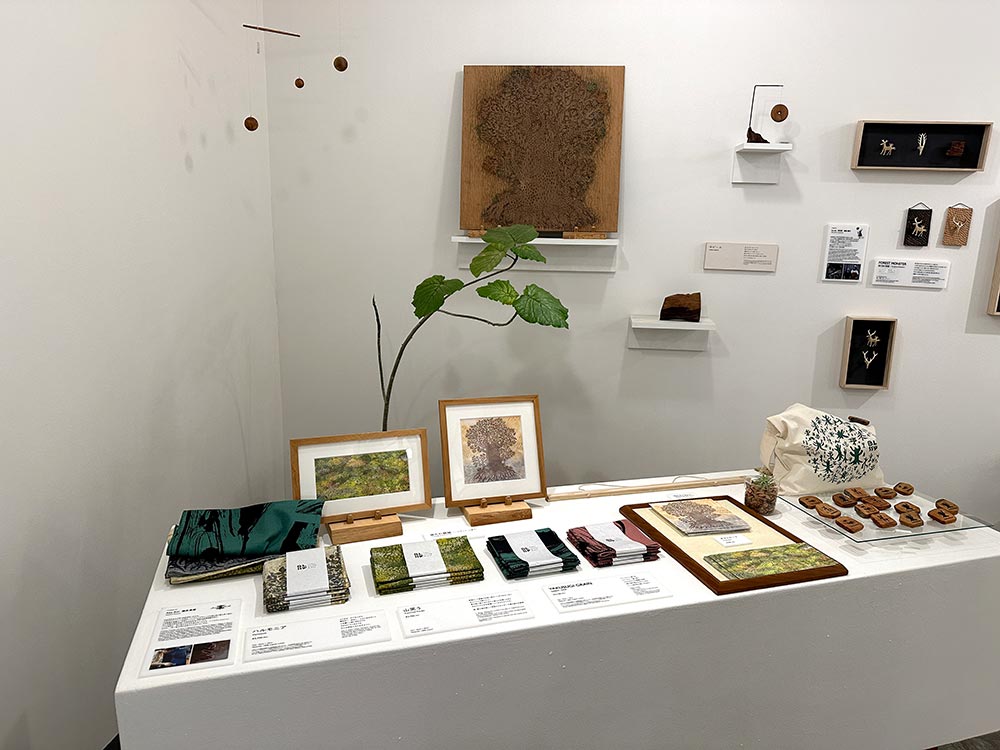
Yakushima Bless [Google maps] Open 8am – 5pm
Hachimanju Tea Garden 八万寿茶園
Fresh off the plane from Fukuoka and right after picking up our rental car, we made a stopover at this cute little shop called Hachimanju Tea Garden, famous for their tea! Besides a really great soft serve ice cream, they had lots of interesting green tea products including matcha noodles~
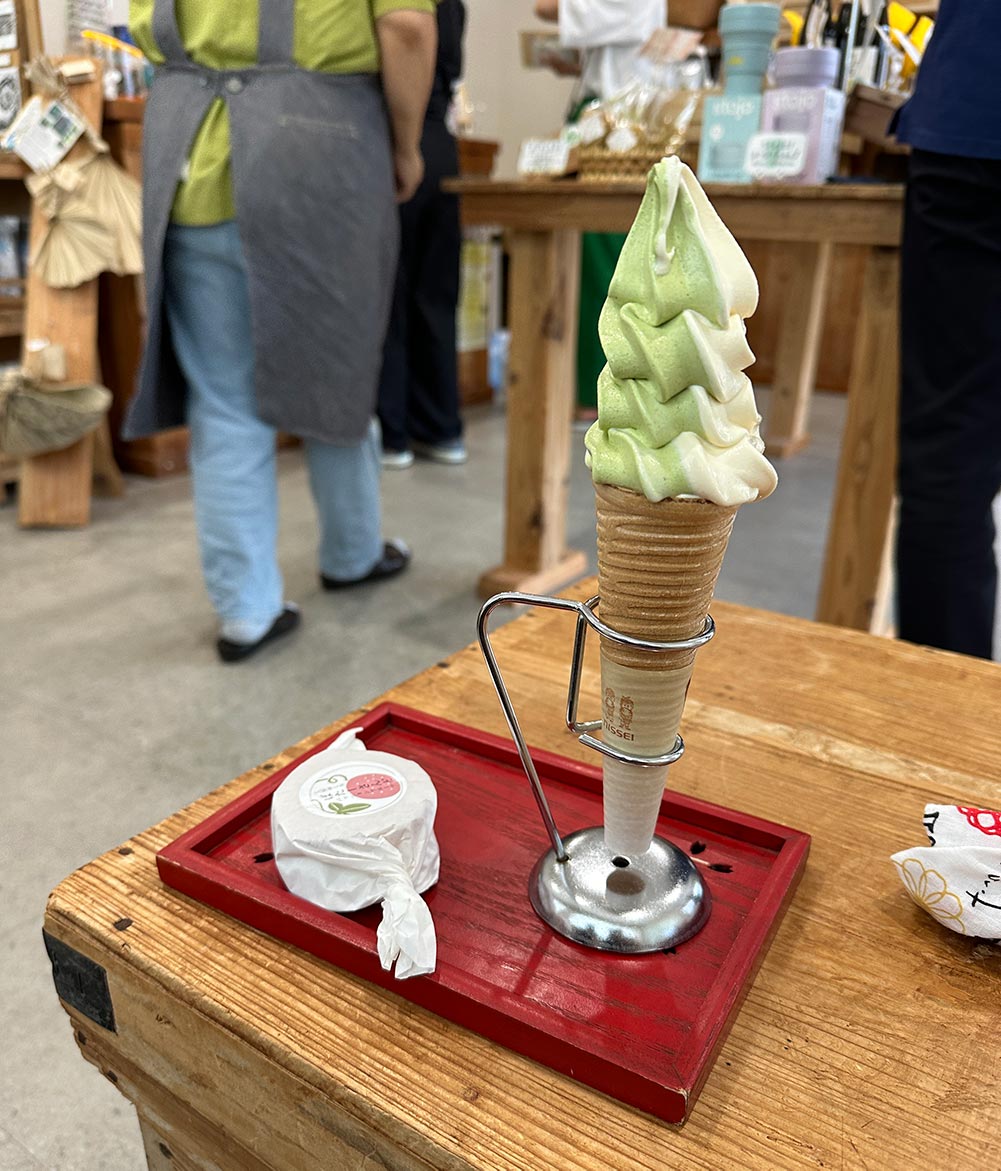
Hachimanju Tea Garden 屋久島八万寿茶園 [Google maps] Open 830am – 5pm.
JA Tanega Yaku Pontan-kan
If you’re headed to Toroki Falls, this interestingly orange-shaped architecture where you should park. It is also home to a pretty cool market – there is fresh produce and food available in the morning, but not much left by the time we got there in the afternoon, but there was a whole section selling various Yakushima-themed items so it’s a good place to pick up souvenirs as well.
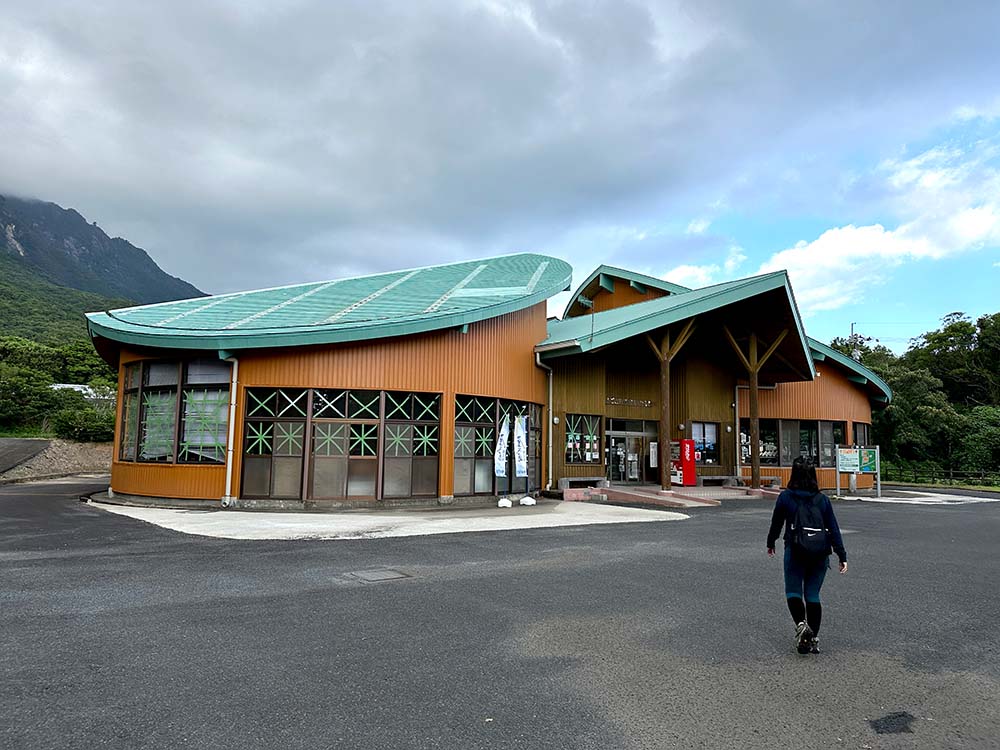
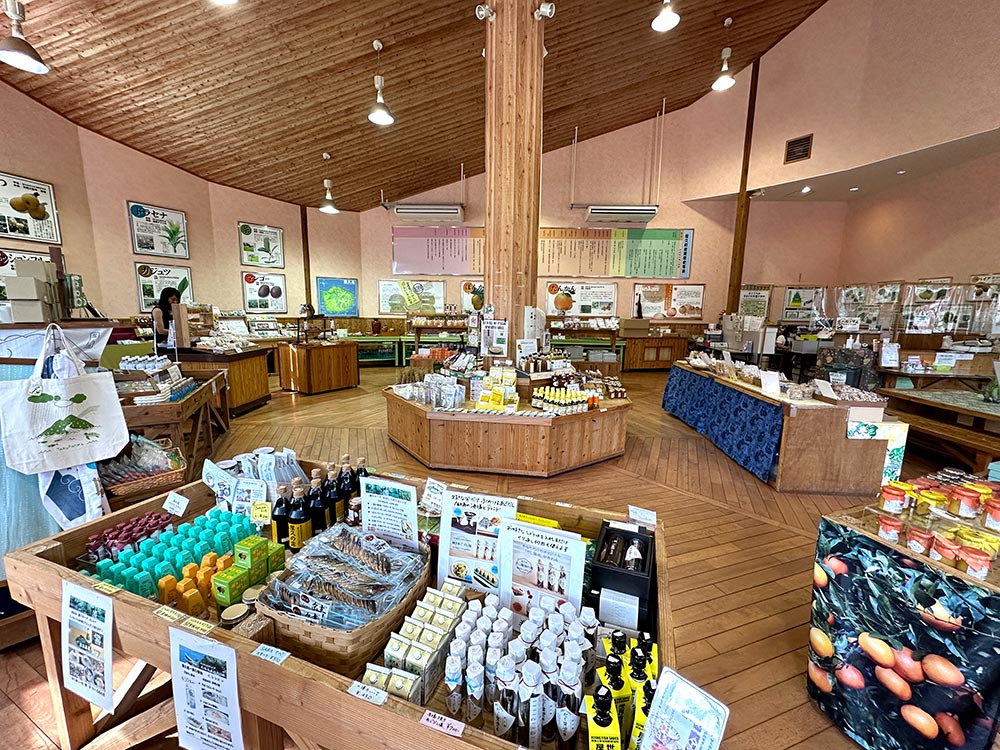
JA Tanega Yaku Pontan-kan JA種子屋久 まごころ市 ぽんたん館 [Google maps] open 830am – 4pm
Toroki Falls トローキの滝
Toroki Waterfall is at the mouth of the Taino River, a pretty small waterfall at just 6m high, but what makes it special is that it spills directly into the Pacific Ocean.

These falls are easy to see, located a short 5 minute walk down a little forest trail from the main road across the road from the Pontan-kan market. There is a lookout point at the end where you can see the falls and a tiny bit of the ocean.
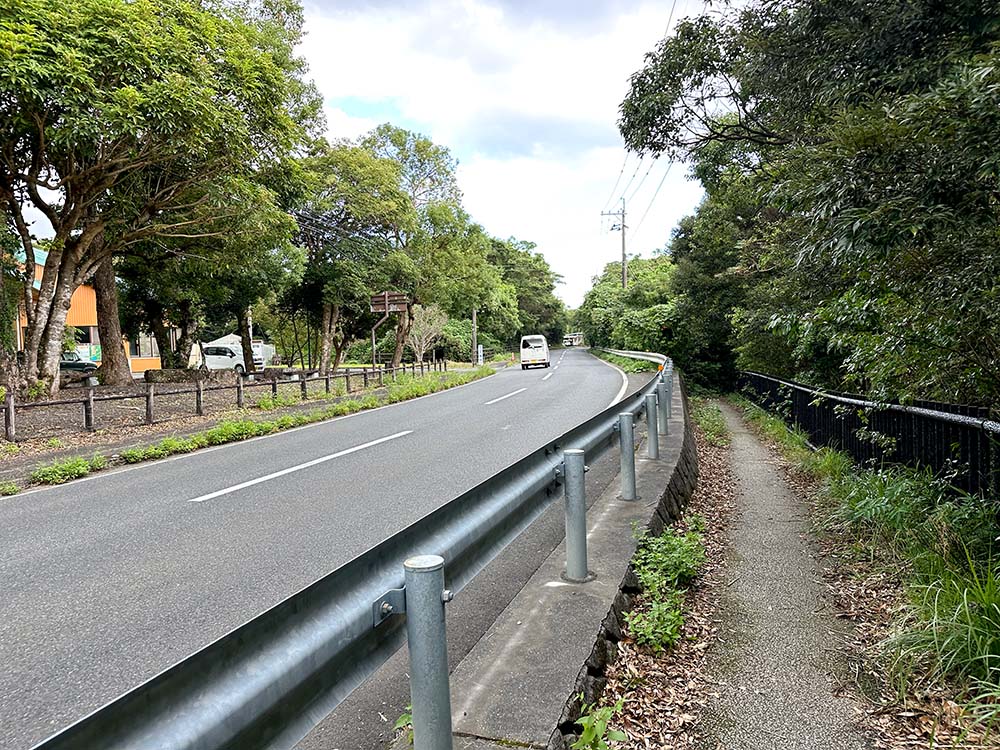
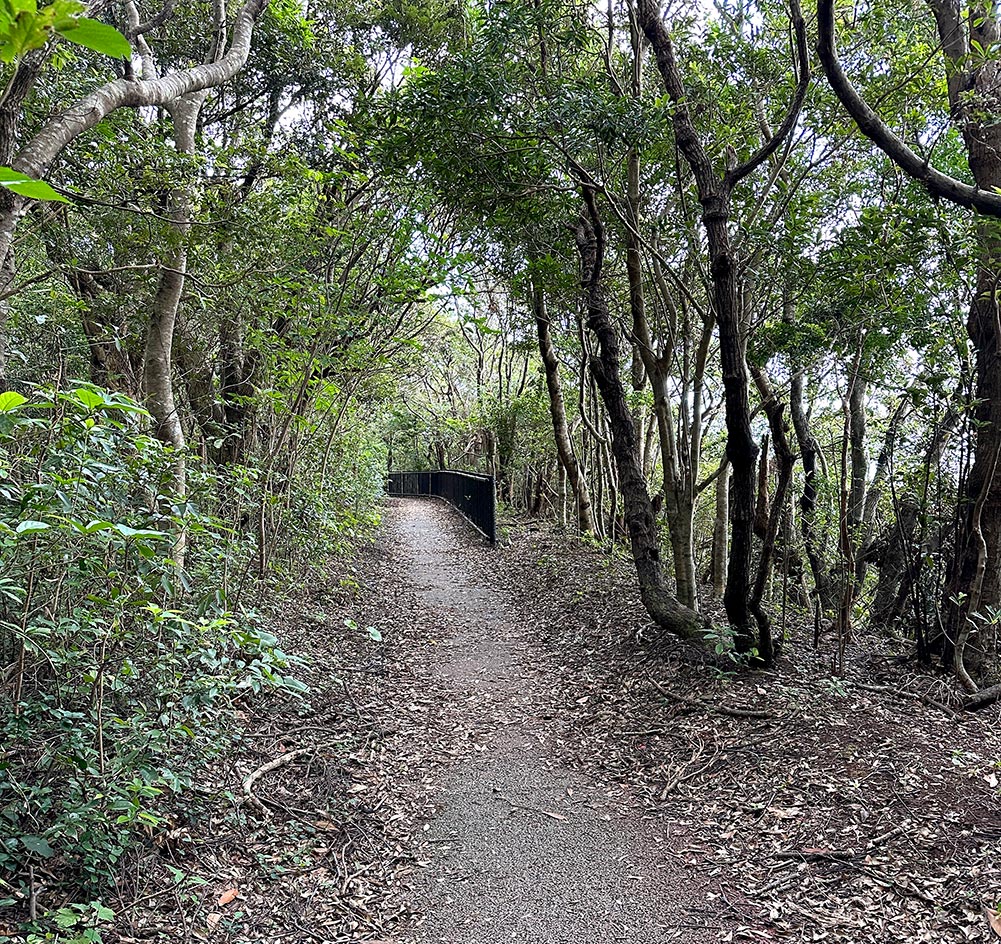
Toroki Falls トローキの滝 [Google maps]
Senpiro Falls 千尋の滝
Further up the Taino River not too far away from Toroki Falls is the nicest waterfall that we saw in Yakushima called the Senpiro Waterfall, a picturesque 60m falls bracketed by a massive granite valley said to be as wide as a thousand people holding hands in a line – that’s the falls got its name.
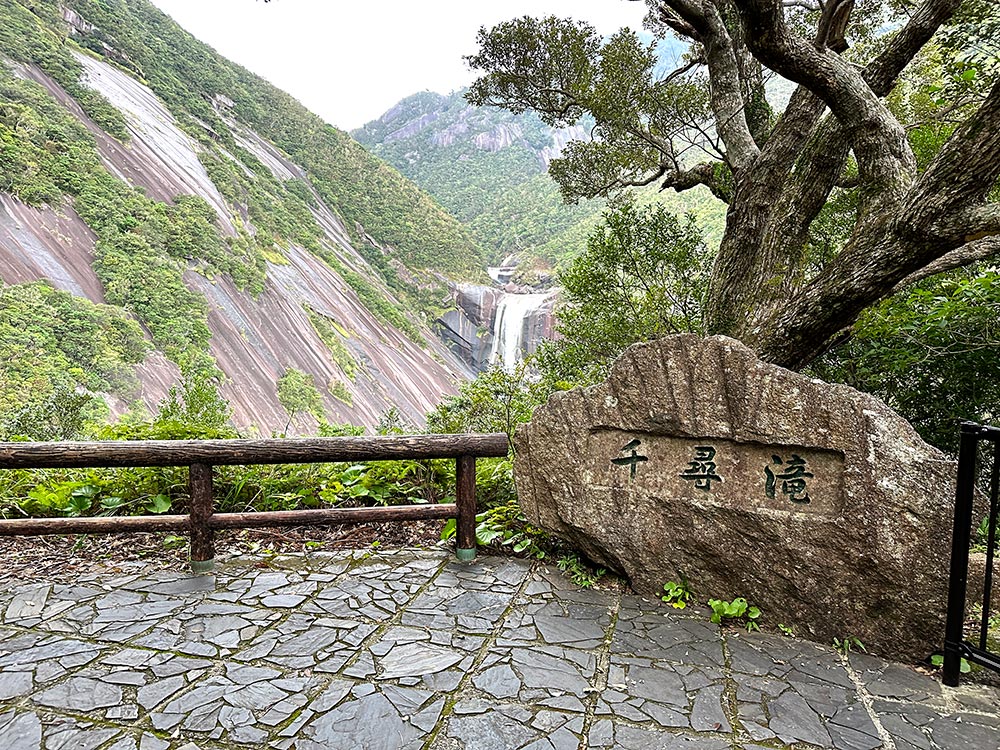
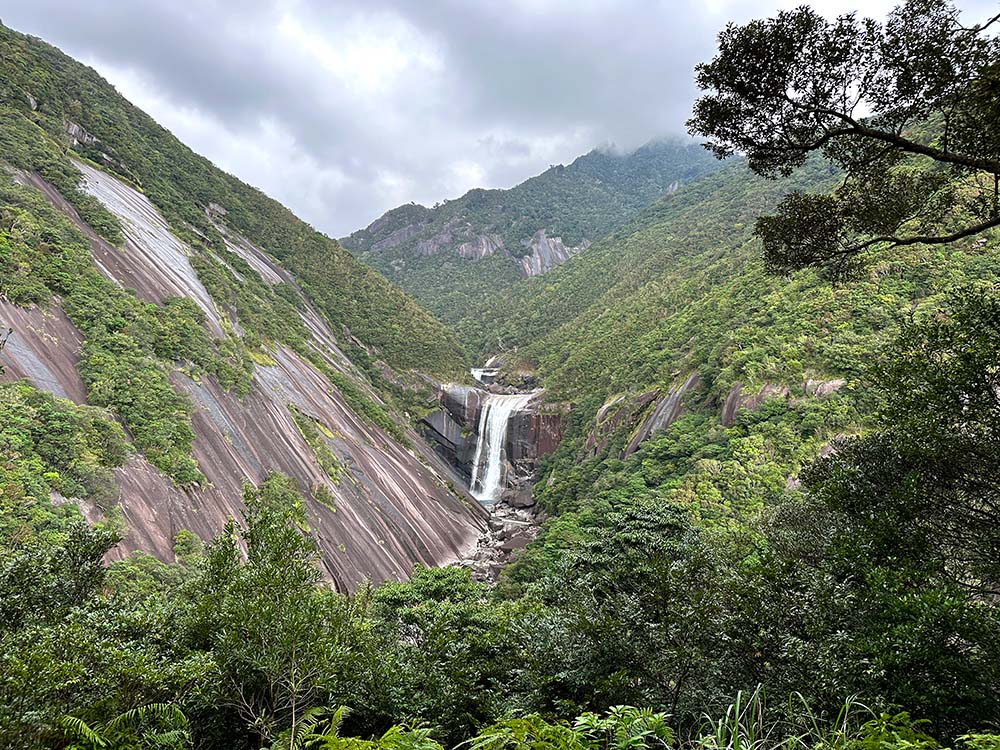
Again the falls weren’t particularly big because it had been fairly dry while we were there, but it was still quite a pretty sight. You can normally climb down a staircase leading to the Taino River trail but it was closed because of typhoon damage. There are several other viewpoints of the falls that you can check out from this same carpark, each offering alternative views of the falls along with sweeping views of the coastline.
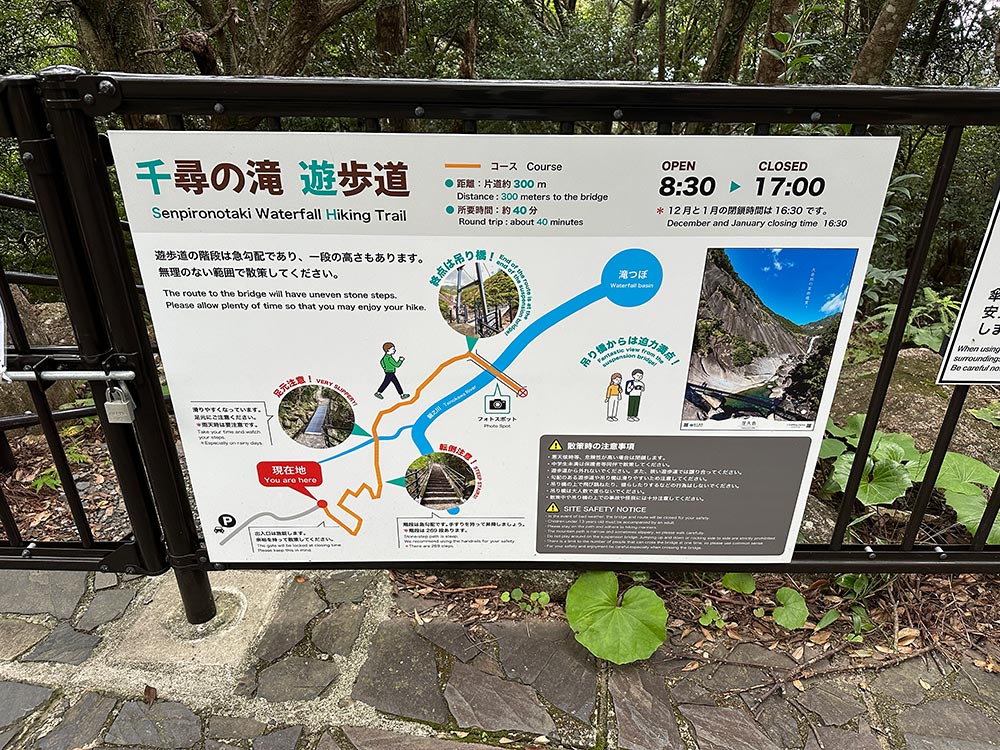

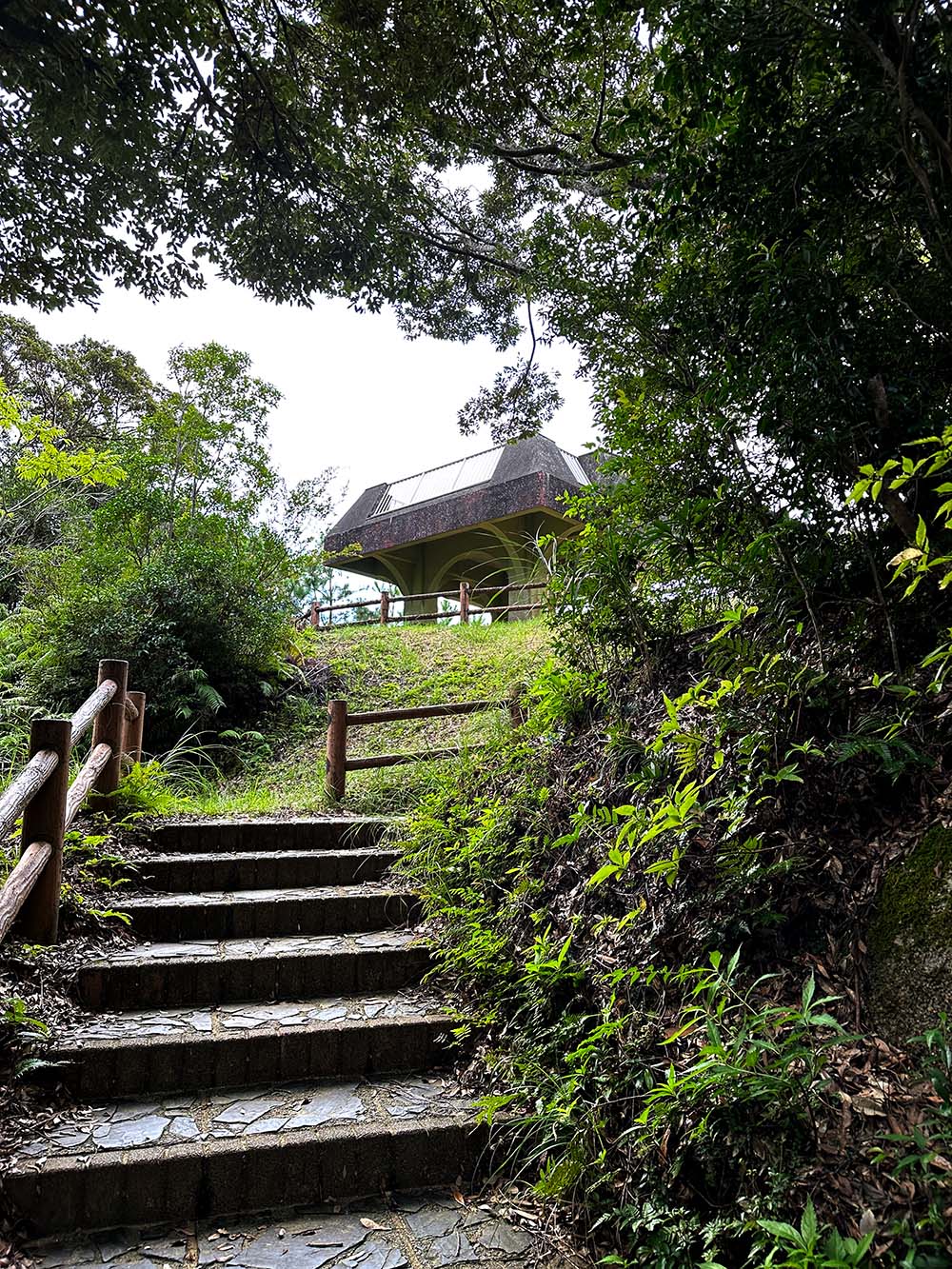
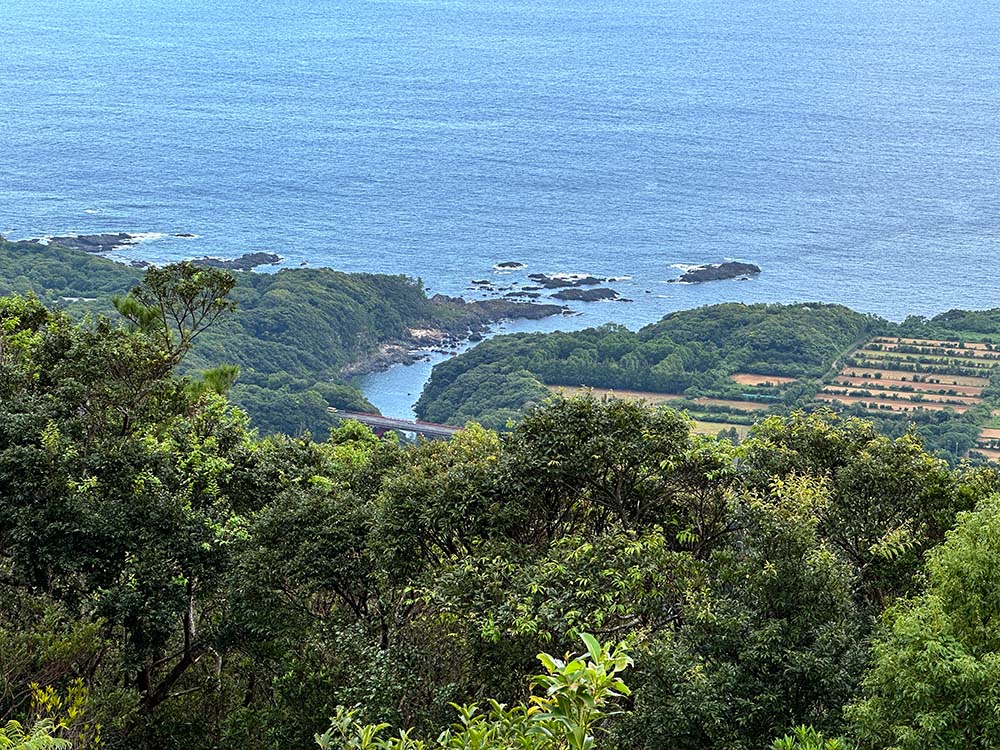
Senpiro Falls 千尋の滝 [Google maps]
Day 4: Things I missed
This is a 4-day itinerary, but I left the last day clear in case you plan to fly out in the morning or do some last minute activities.
Some other things I didn’t do but you could consider for your itinerary:
- Yakushima Todai / Yakushima Lighthouse – located on the northwestern corner along teh Seibu Rindo, this was closed when we were there, likely due to recent typhoon damage, but apparently this small lighthouse is nice for coastal views.
- Kurio and Nakama are very small towns on the southwestern end of Yakushima where there are small beaches and little swimming tidal pools if that’s your jam
- Hirauchi Kaicho and Yudomari are natural open-air onsens along the southern coast. I didn’t stop over in them this time around, but I might consider doing that in future. Note that you have to go naked but it seems like you can bring a towel for modesty as these are mixed-gender and outdoor.
- Jomonsugi is the potentially 7,000+ year old cedar that is absolutely massive but not easily accessible. Expect to hike for 8-10 hours to see this tree. Some people come here specially to see this tree.
Where to stay in Yakushima
Yakushima is not too big an island. You definitely have more options with a car as you can afford to stay somewhere a little more remote. If you’re relying on public transport, I highly recommend sticking with one of the bigger towns like Miyanoura or Anbo for convenience.
Cottage Morinokokage 森のこかげ
I stayed at Cottage Morinokokage – the location was great, conveniently about 10mins drive south from the Yakushima Airport on the east coast of Yakushima. The town of Anbo was about 10 minutes south of the Cottage, so it was a convenient place to check out in the evenings when we were looking for dinner locations nearby.
The Cottage Morinokokage compound is very cute, with clusters of little bungalow guesthouses that are designed to look like wooden cabins, and there is even a little cluster that looks like old town square architecture!
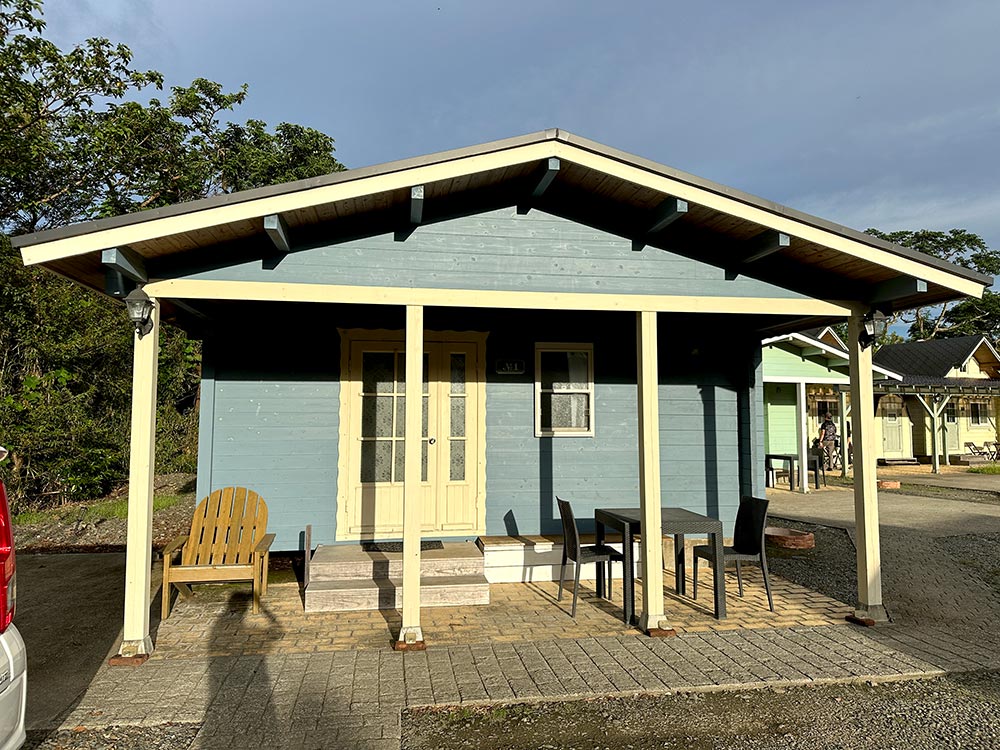

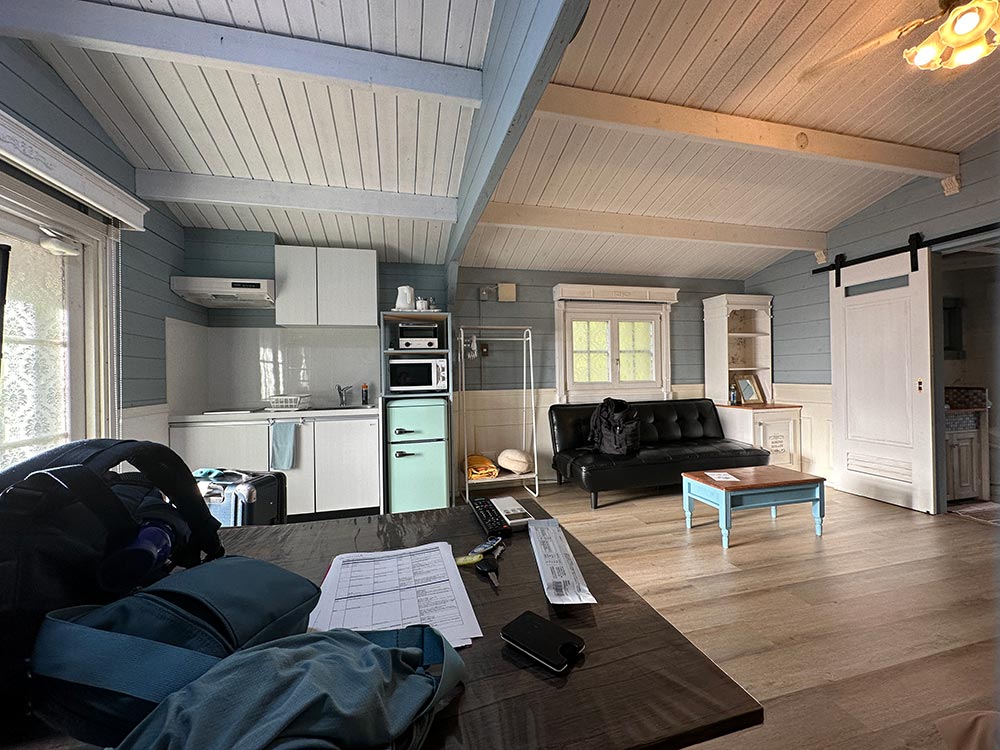
The owner Mr Nakashima was very helpful right from the time we booked, helping to arrange our car rental and giving us information on Yakushima. He came to greet us and check us in when we arrived and showed us around the place. There are washing machines and dryers that are free to use (great if you plan to hike!) and they have some vending machines if you need some last minute snacks/drinks nearby.

Cottage Morinokokage cost about 50,000 JPY for 3 nights, which for 2 of us worked out to about 8,300 JPY per night which is pretty reasonable given the location and amenities.
Book a room at Cottage Morinokokage 森のこかげ on booking.com (affiliate link) [Google maps]
Other accommodation options in Yakushima
Here are some of the other places I considered staying in Yakushima (affiliate links)
- Yakushima Pension Ichigoichie – more on booking.com
- Yakushima Pension Luana House – more on booking.com
- The Hotel Yakushima Ocean and Forest – more on booking.com
Have you been to Yakushima? What did I miss? Check out my Japan articles for places outside of your typical tourist areas.
Looking for more Studio Ghibli inspiration in Japan? I also visited Ponyo by the Sea’s cute seaside town of Tomonoura.

